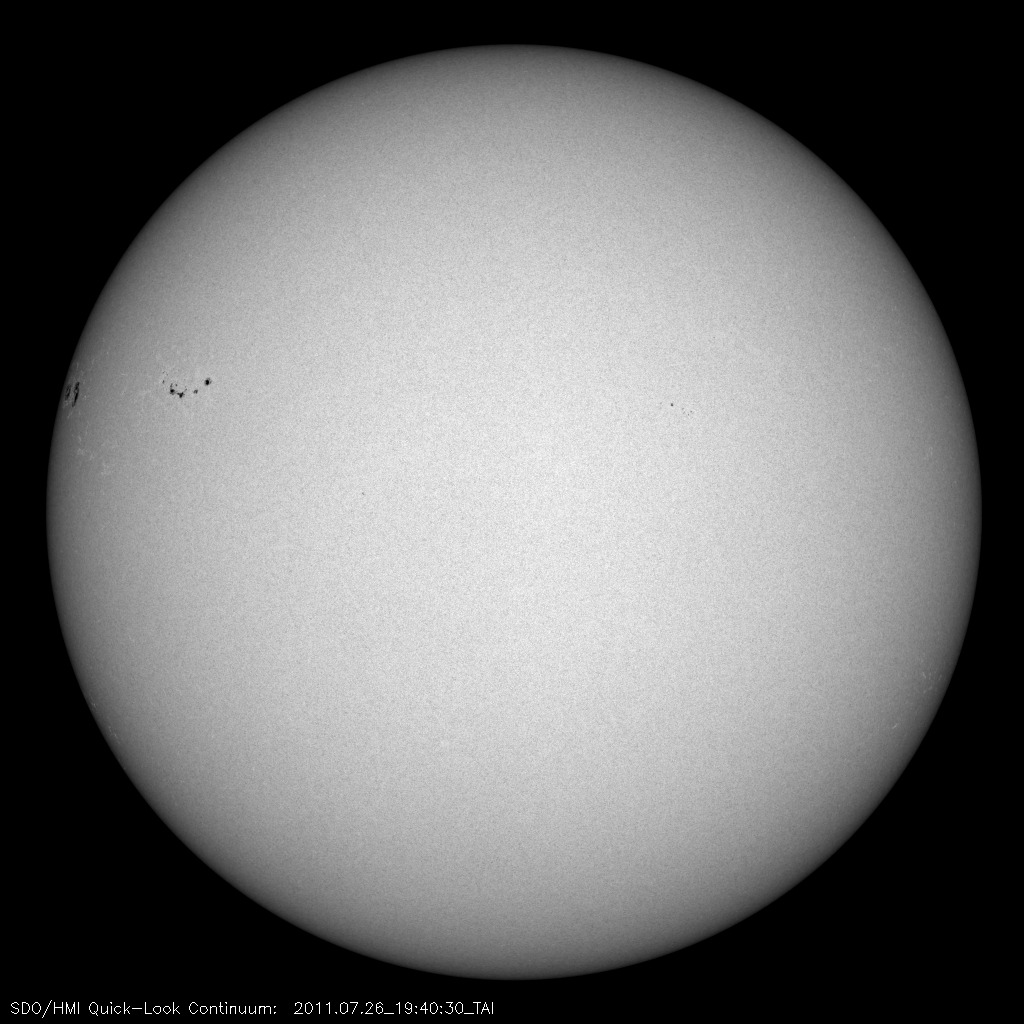
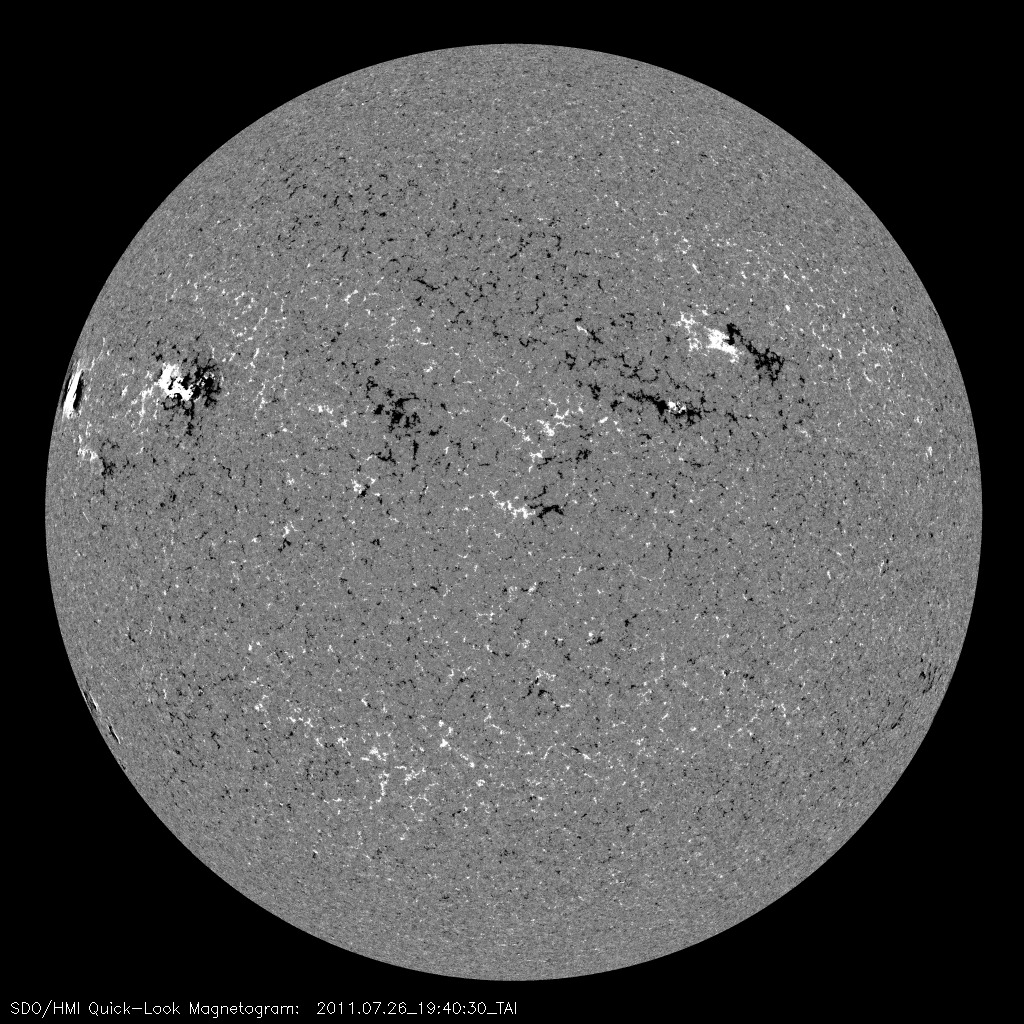
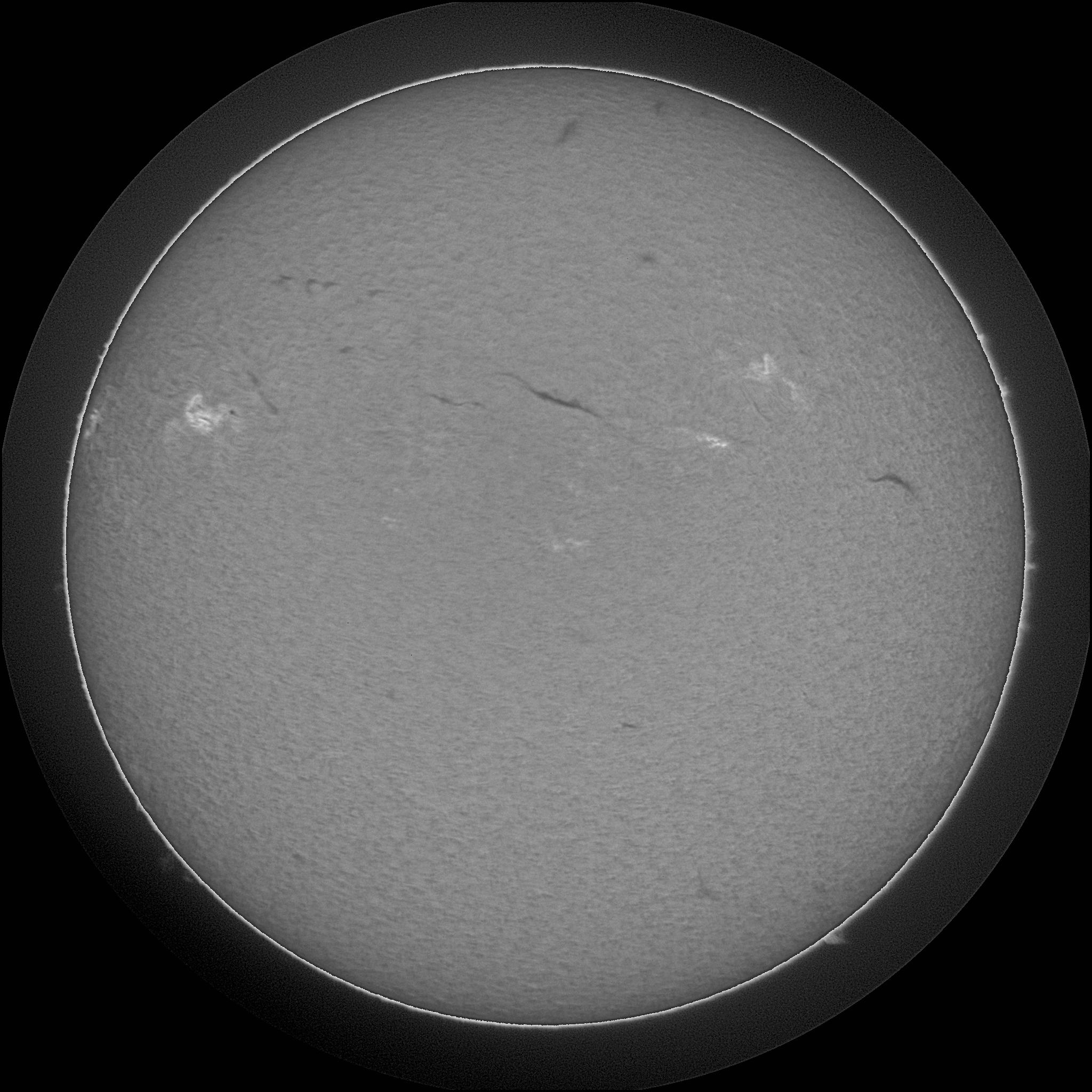
Region
Reports
RSGA
Notes
MM#009 Default HESSI Target
Target region, NOAA 1260, was the source of five B-class events and the C1.2 event at 07/26/11:15 UT. NOAA 1261 now rotating
onto the visible just east of 1260 produced three B-class events. The largest was a B9.4 at 07/26/03:39 UT. 1260 displayed rapid growth during the past 24 hours. It is currently a D-type/beta sunspot group. 1261 is still too close to the east limb to ascertain its magnetic configuration. Both target region 1260 and 1261 have the potential to produce C-class activity. The position of NOAA 1260 on July 26 at 15:30 UT is: N20E49 (Solar X = -671", Solar Y = 268")
Bill Marquette (Helio Research)
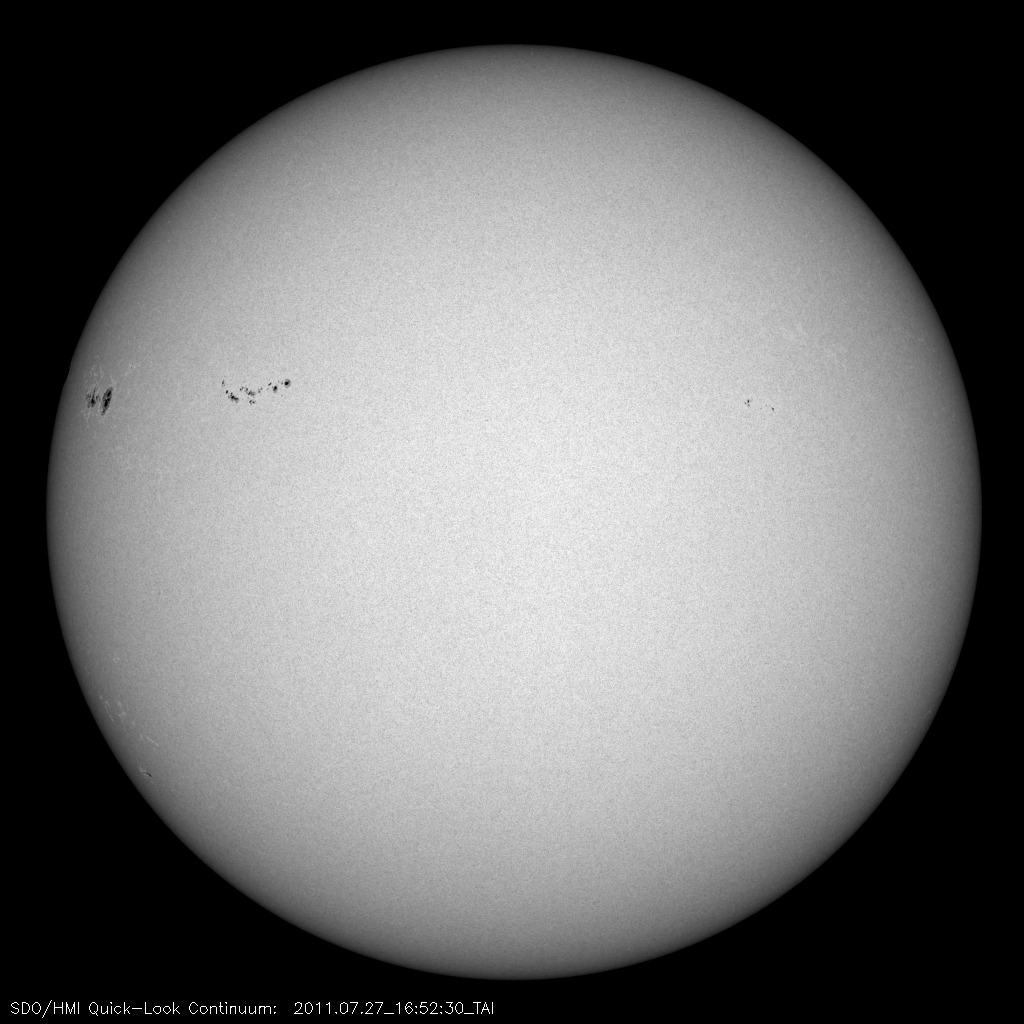
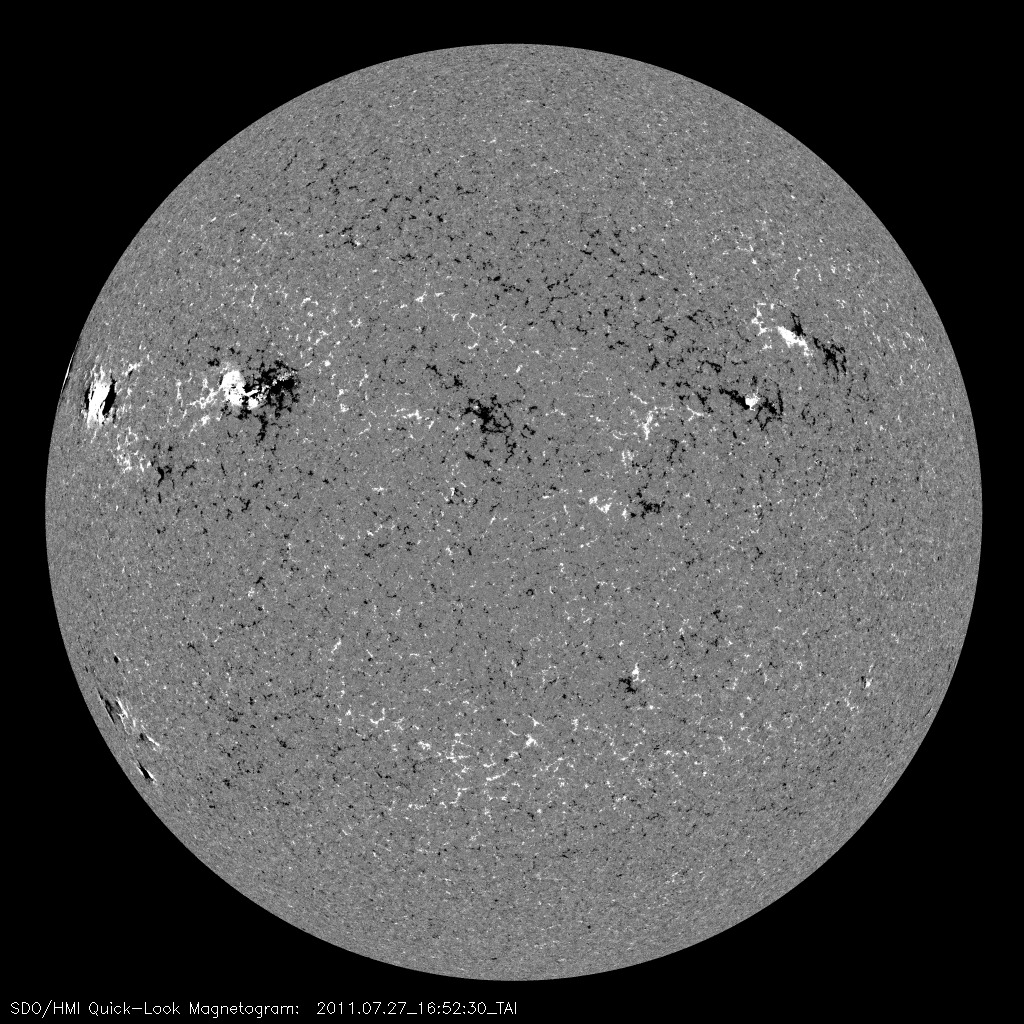
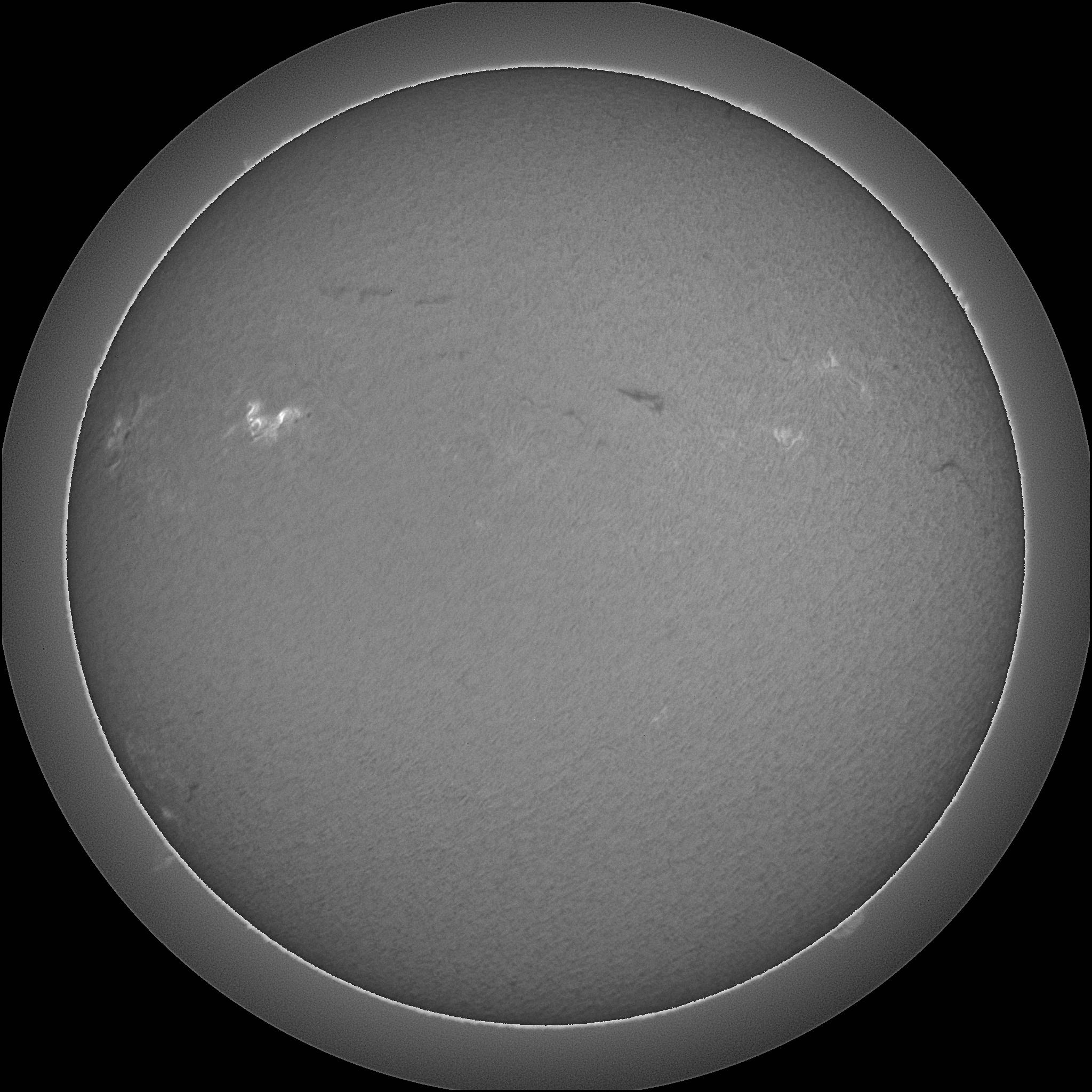
Region
Reports
RSGA
Notes
MM#009 Default HESSI Target
NOAA 1260 was the source of seven C-class events during the past 24 hour period. The largest was a C3.8 at 07/26/22:41 UT. 1260 added a few new sunspots but remains a D-type/beta sunspot group. 1260 is capable of producing additional C-class events with a slight chance of an isolated M-class event as well. NOAA 1261 at N16E68 is a large D-type/beta group which also has the potential to produce C-class events. The position of NOAA 1260 on July 27 at 10:30 UT is: N20E39 (Solar X = -560", Solar Y = 257")
Bill Marquette (Helio Research)
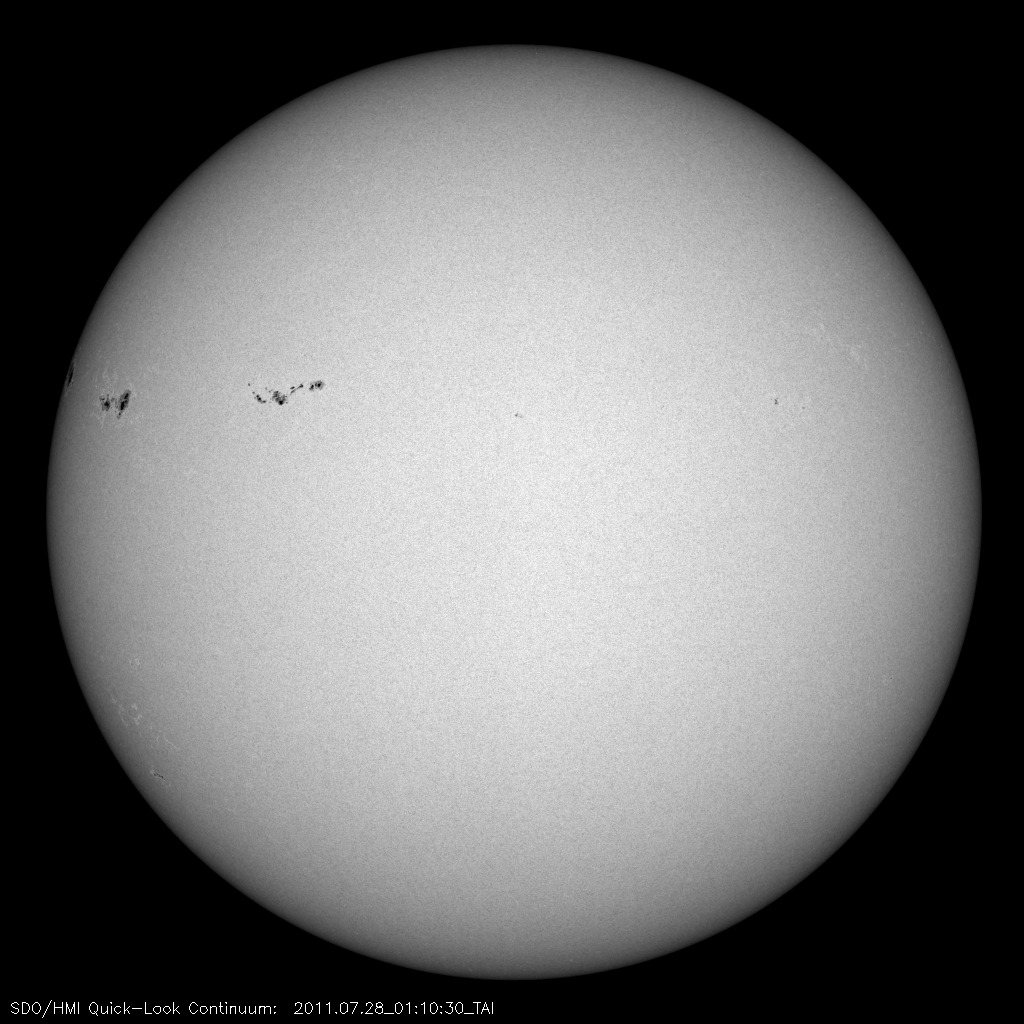
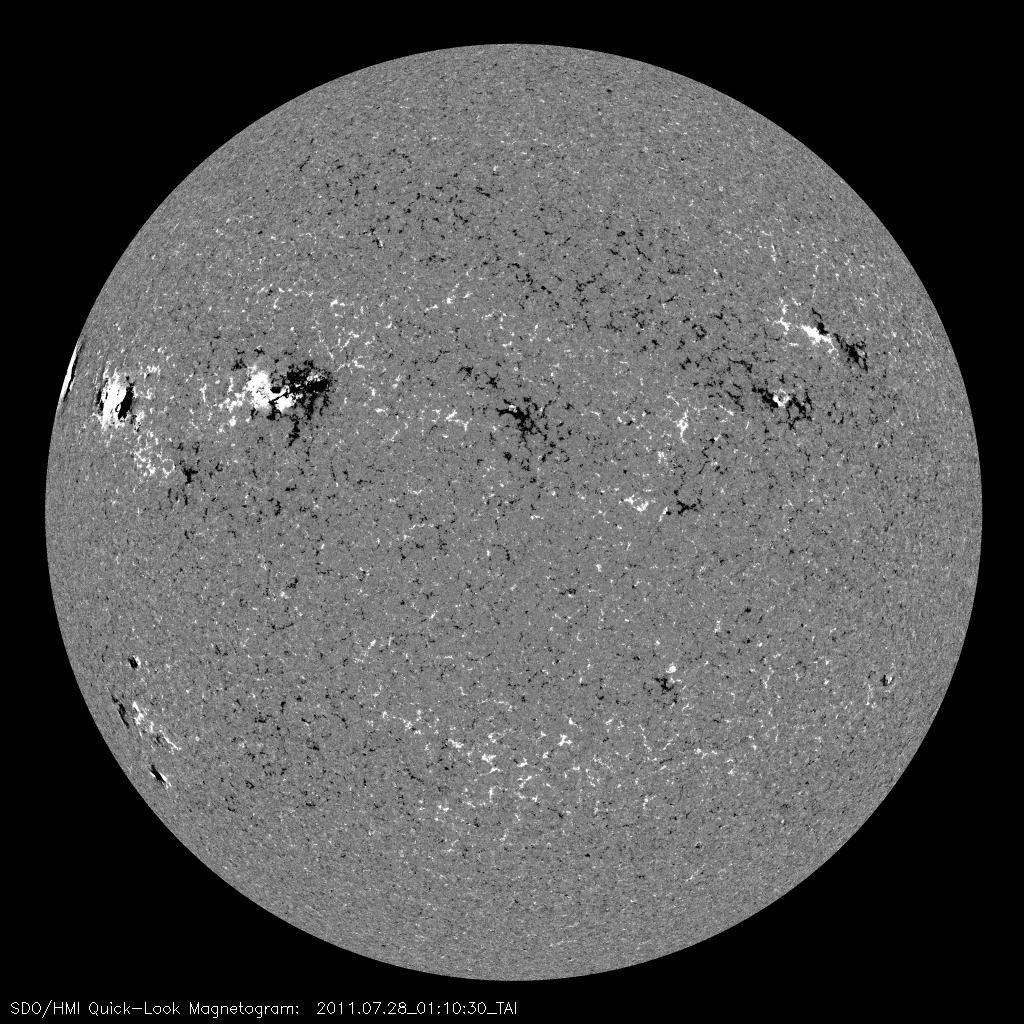
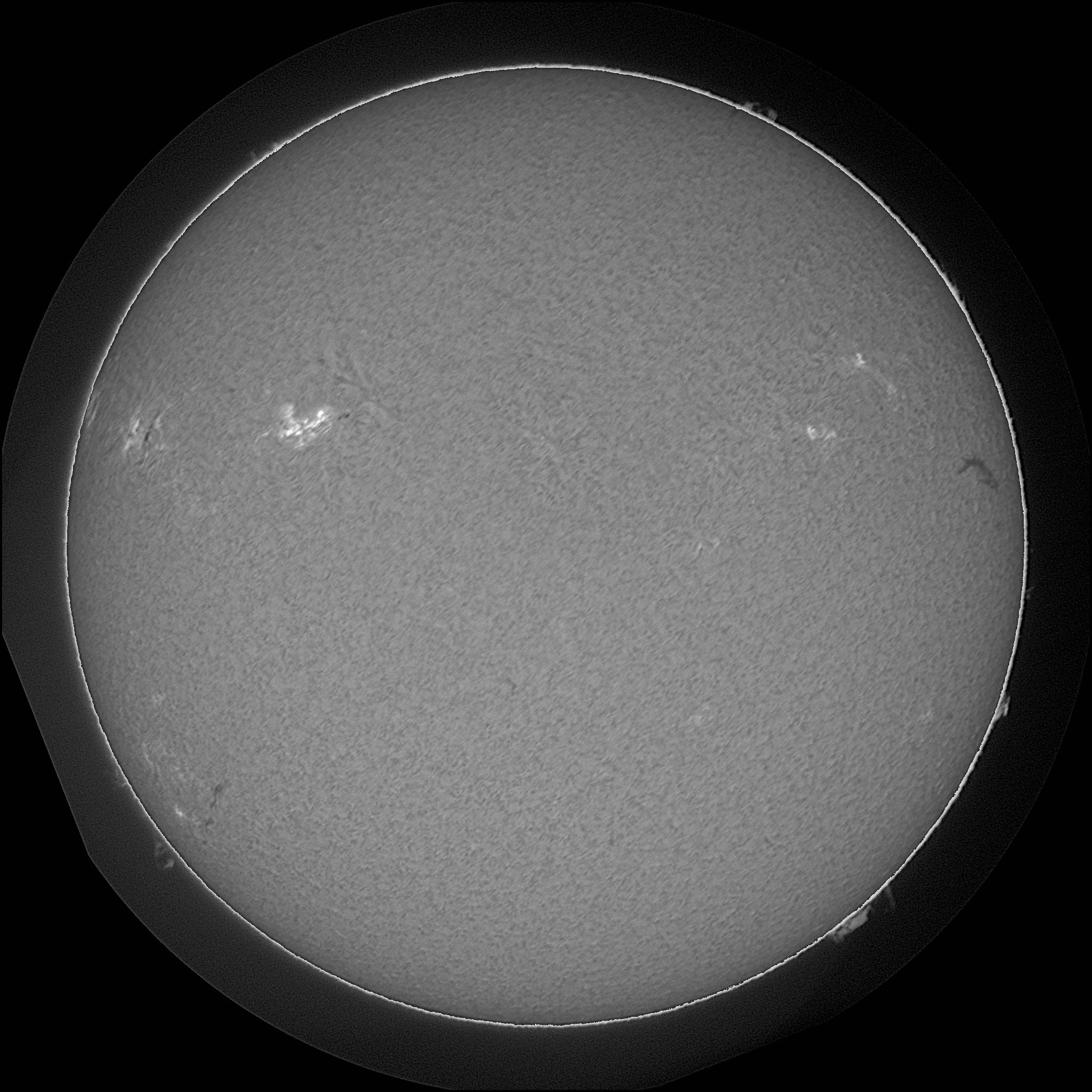
Region
Reports
RSGA
Notes
MM#003 Major Flare Watch
At this time we are implementing Max Millennium coordinated observing plan #003 (Region Likely To Produce A Major Flare). Target region, NOAA 1260, was the source of an M1 event
earlier today at 16:07 UT. The region has continued to grow since the M1 event adding sunspot area, count and magnetic complexity. It has developed a magnetically complex Beta-gamma-delta configuration. It now has the potential to produce an event = to or > M5.0. The position of NOAA 1260 on July 27 at 20:30 UT is:
N20E33 (Solar X = -485", Solar Y = 252")
Bill Marquette (Helio Research)
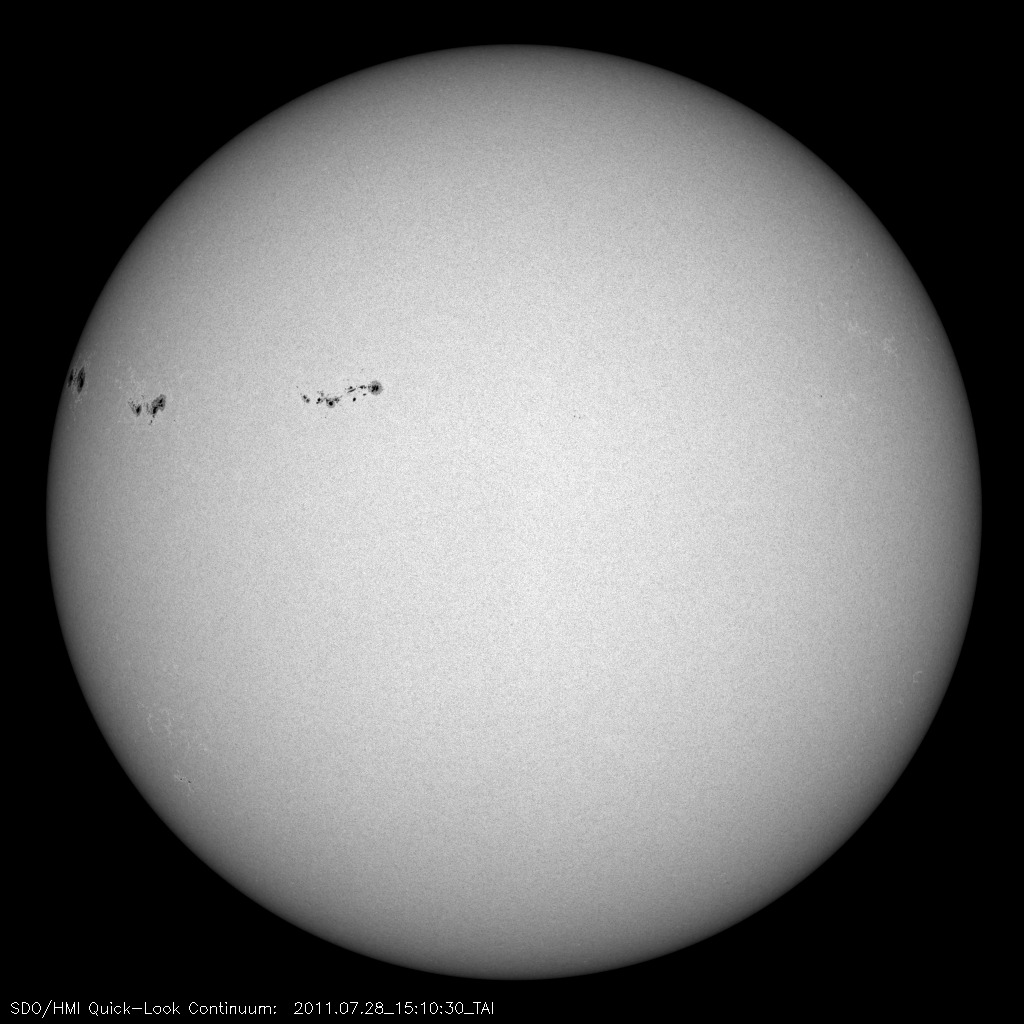
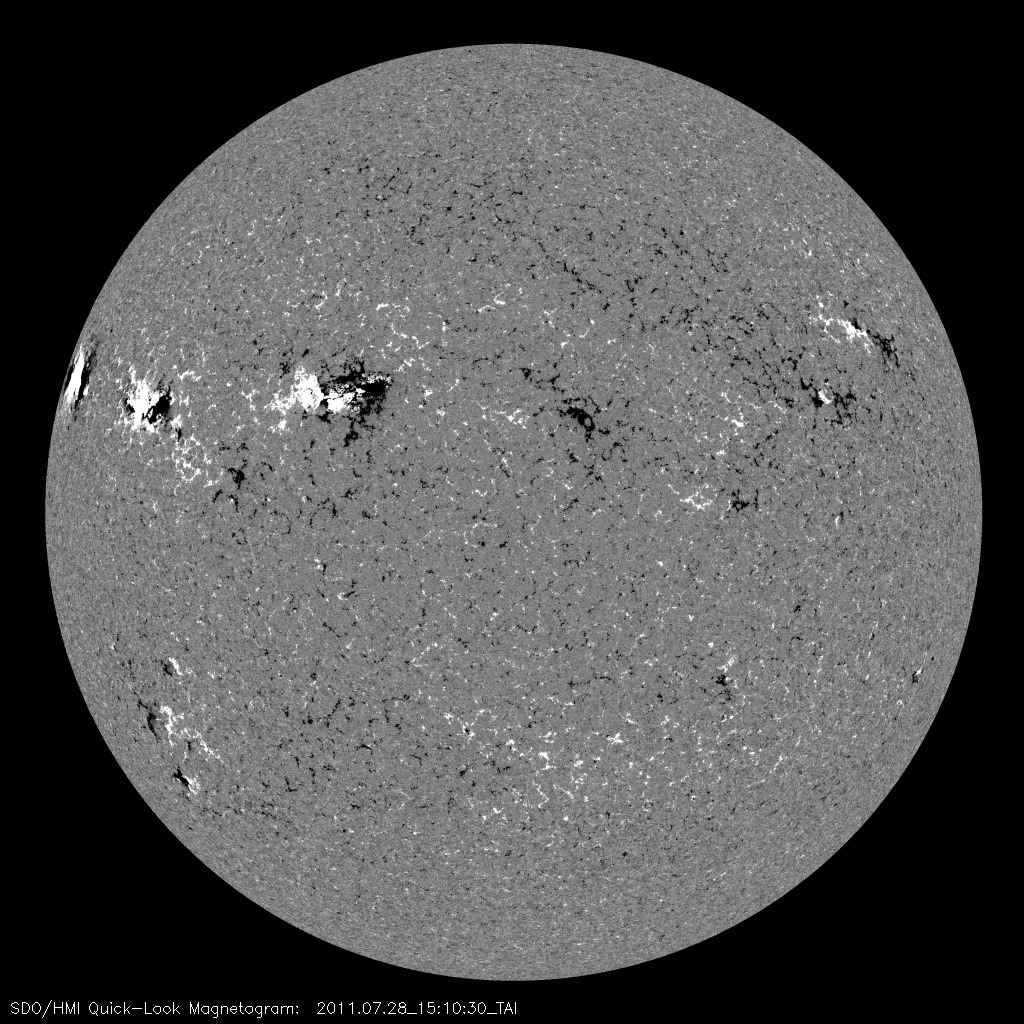
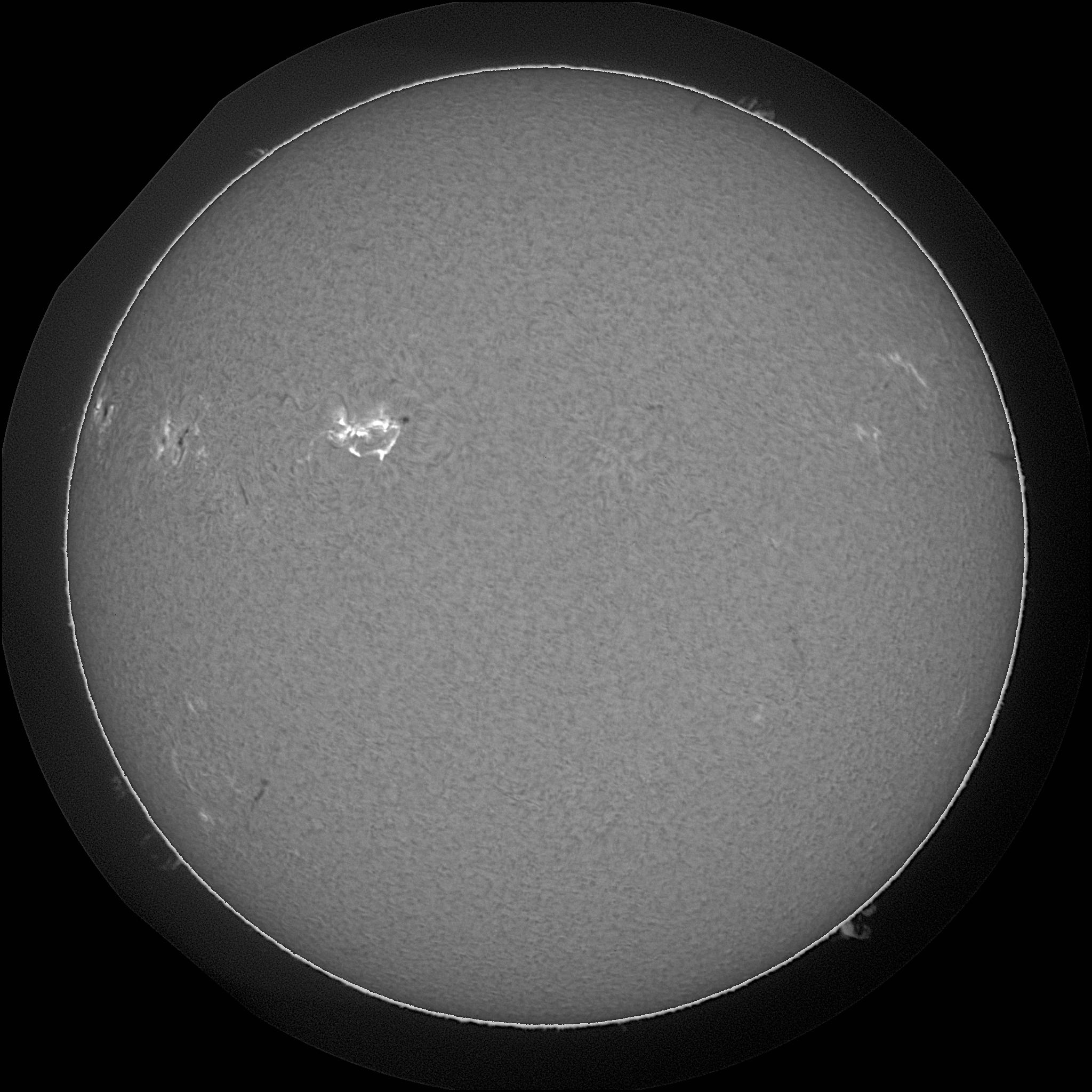
Region
Reports
RSGA
Notes
MM#003 Major Flare Watch
NOAA 1260 increased its sunspot area and spot count slightly while maintaining a complex beta-gamma-delta magnetic configuration. It continues to display dynamic bright H-alpha plage but only managed to be the source of C-class events during the past 24 hour period. The largest C-class event was a C5.3 at 07/28/12:12 UT. The Major Flare Watch will be in effect for at least another 24 hour period. An event =, > M5 is still possible. The position of NOAA 1260 on July 28 at 10:30 UT is: N18E24 (Solar X = -366", Solar Y = 213")
Bill Marquette (Helio Research)
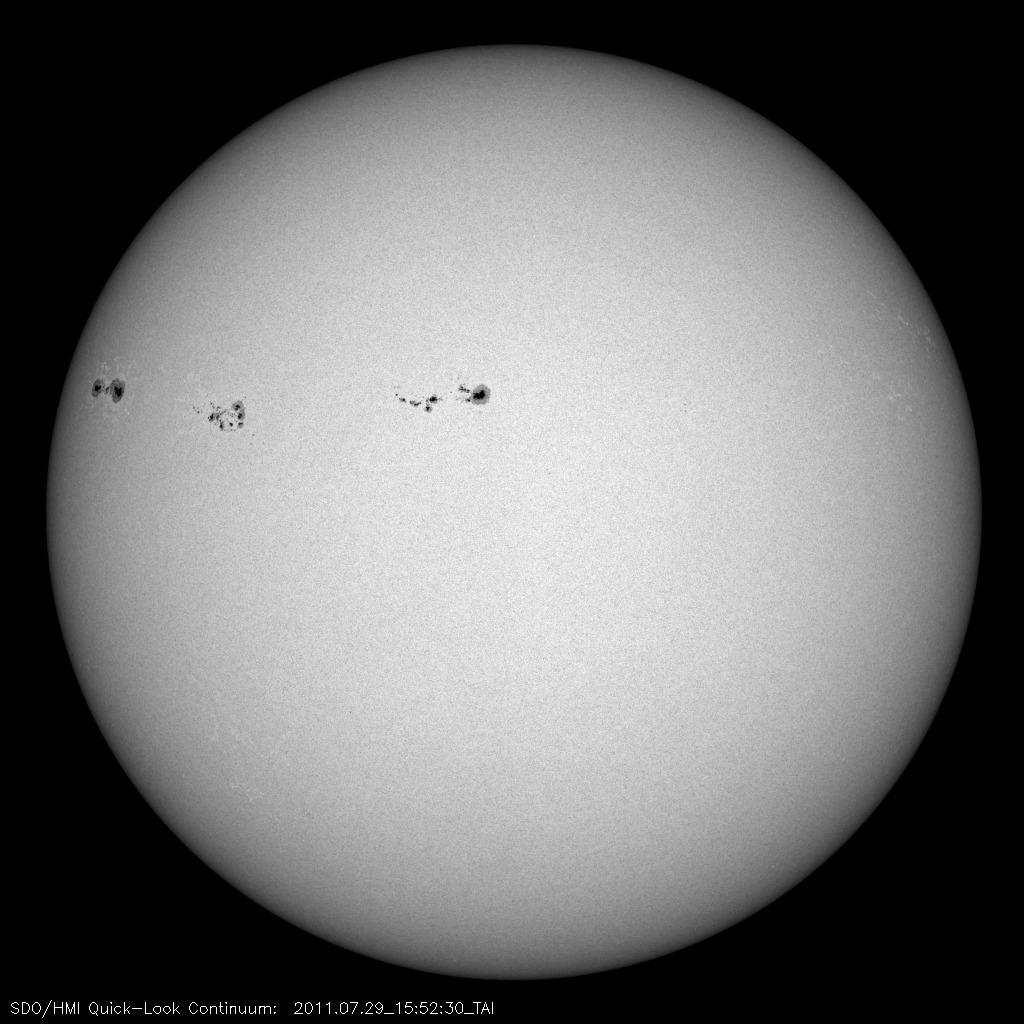
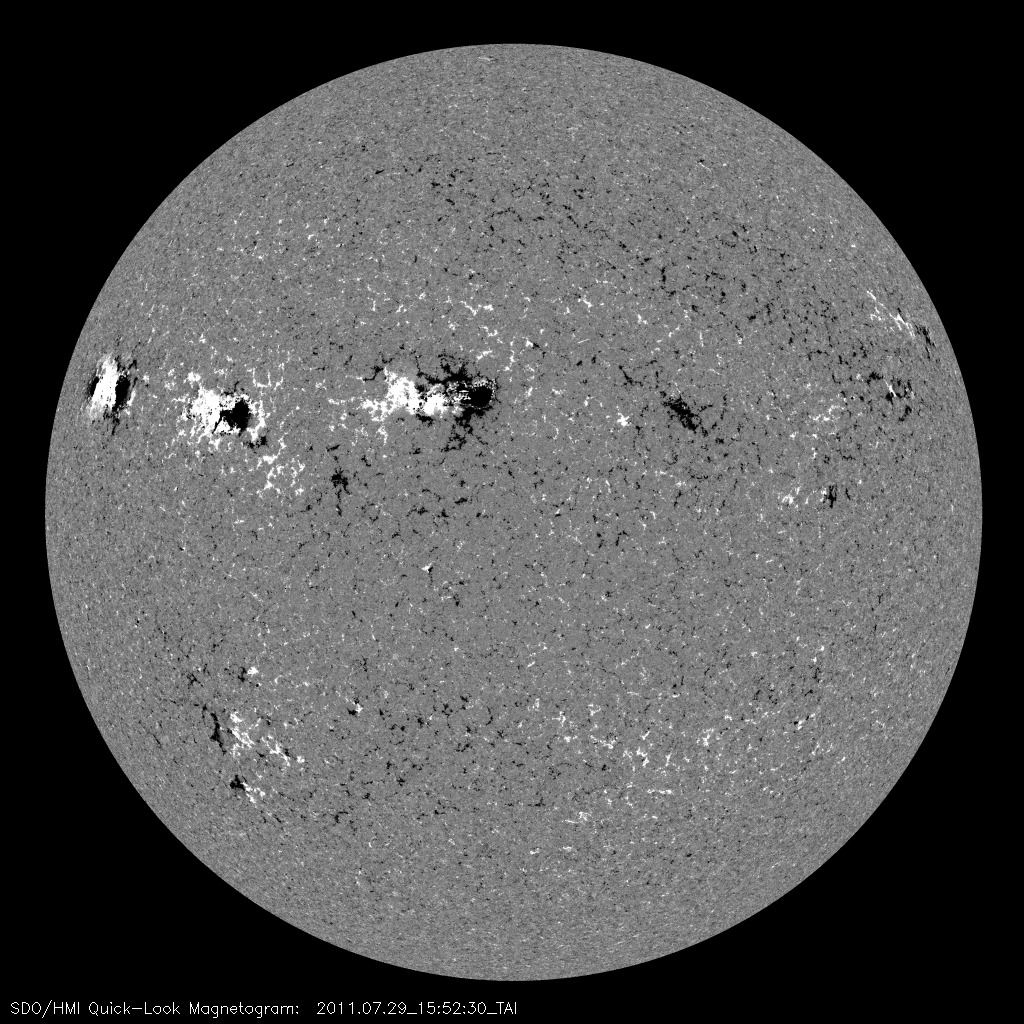
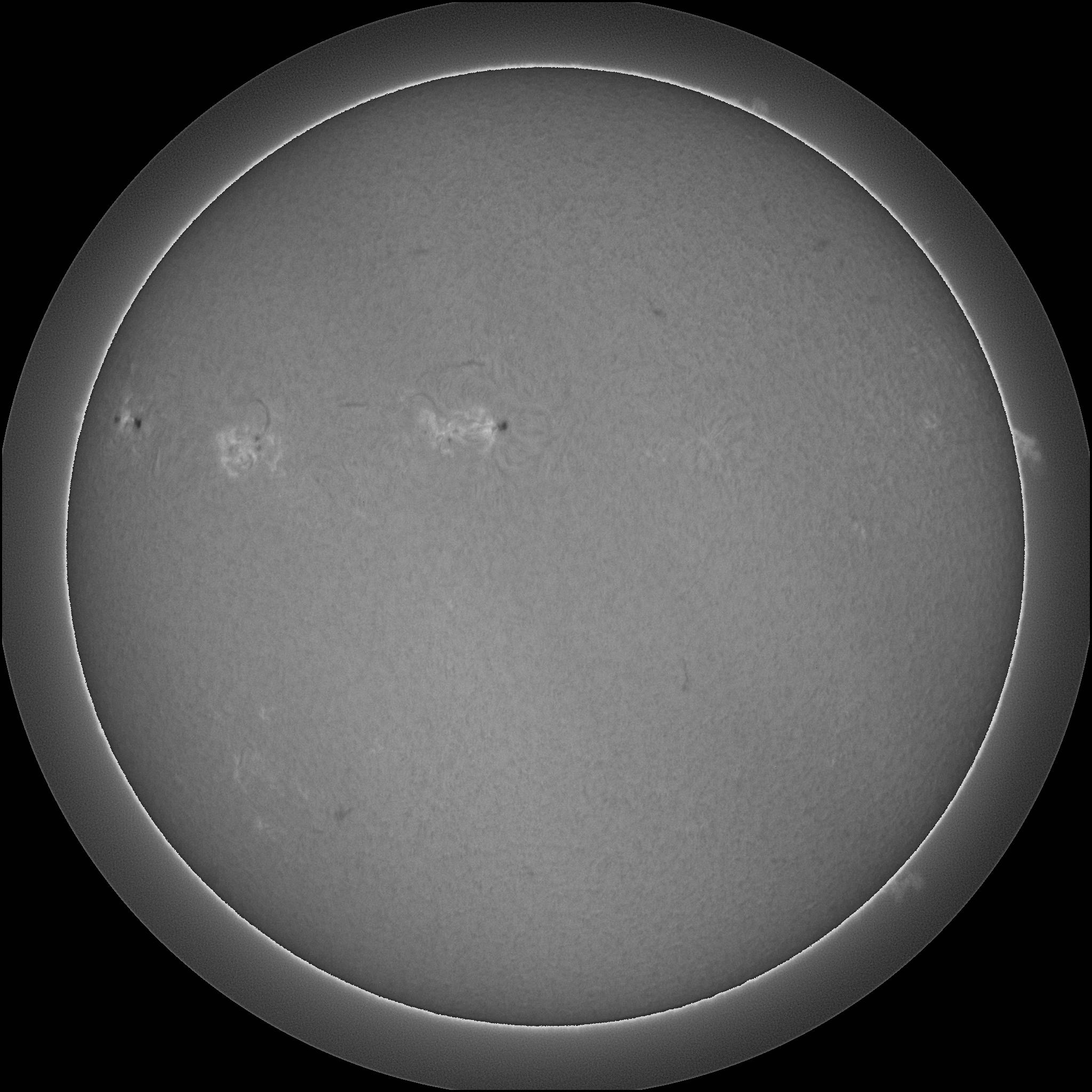
Region
Reports
RSGA
Notes
MM#009 Default HESSI Target
NOAA 1260 has decayed slightly but is still classified as a large E-type/beta-gamma sunspot group with a possible delta configuration. 1260 will continue to produce C-class events and an M-class event is still possible. Two regions located to the east of 1260 (1261, N15E43 and 1263, N18E67) have produced C-class events and could also be the source of an M-class event. The position of NOAA 1260 0n July 29 at 10:30 UT is: N19E11 (Solar X = -171", Solar Y = 222")
Bill Marquette (Helio Research)
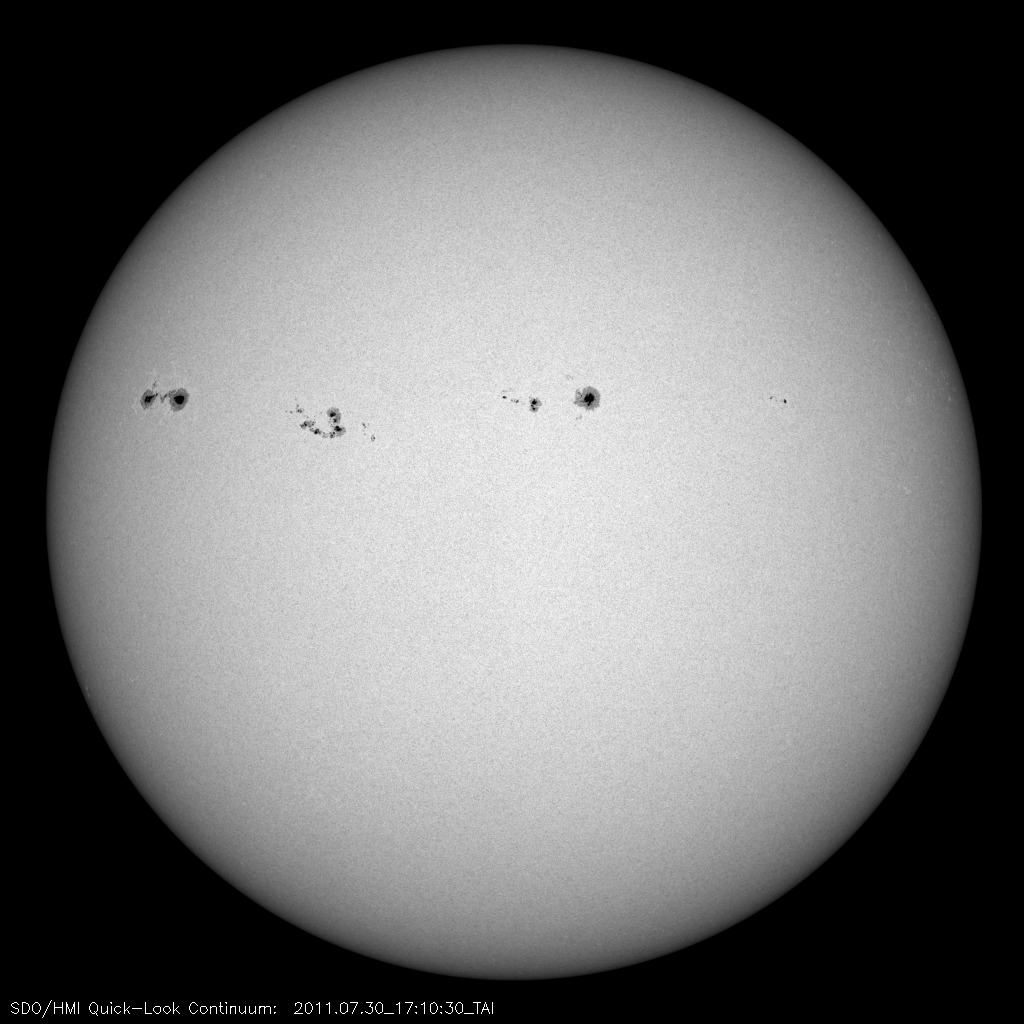
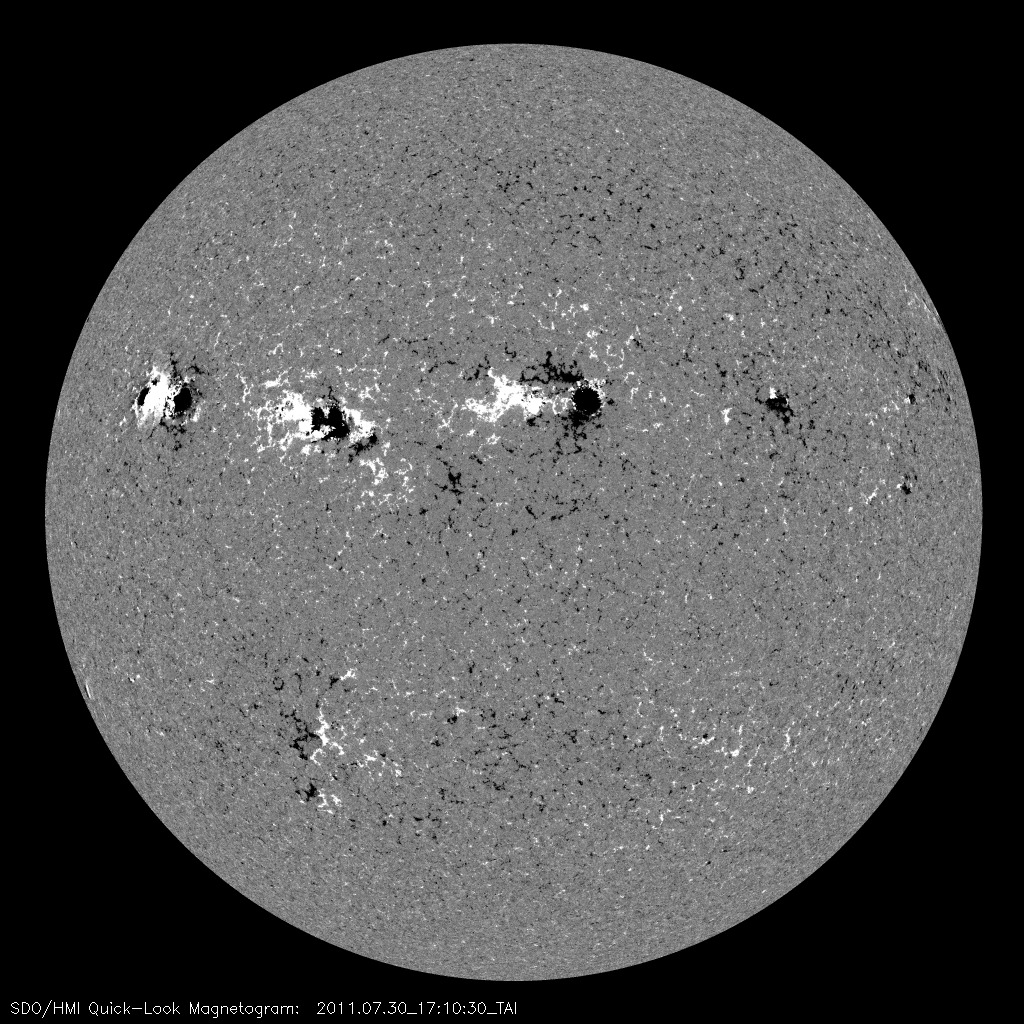
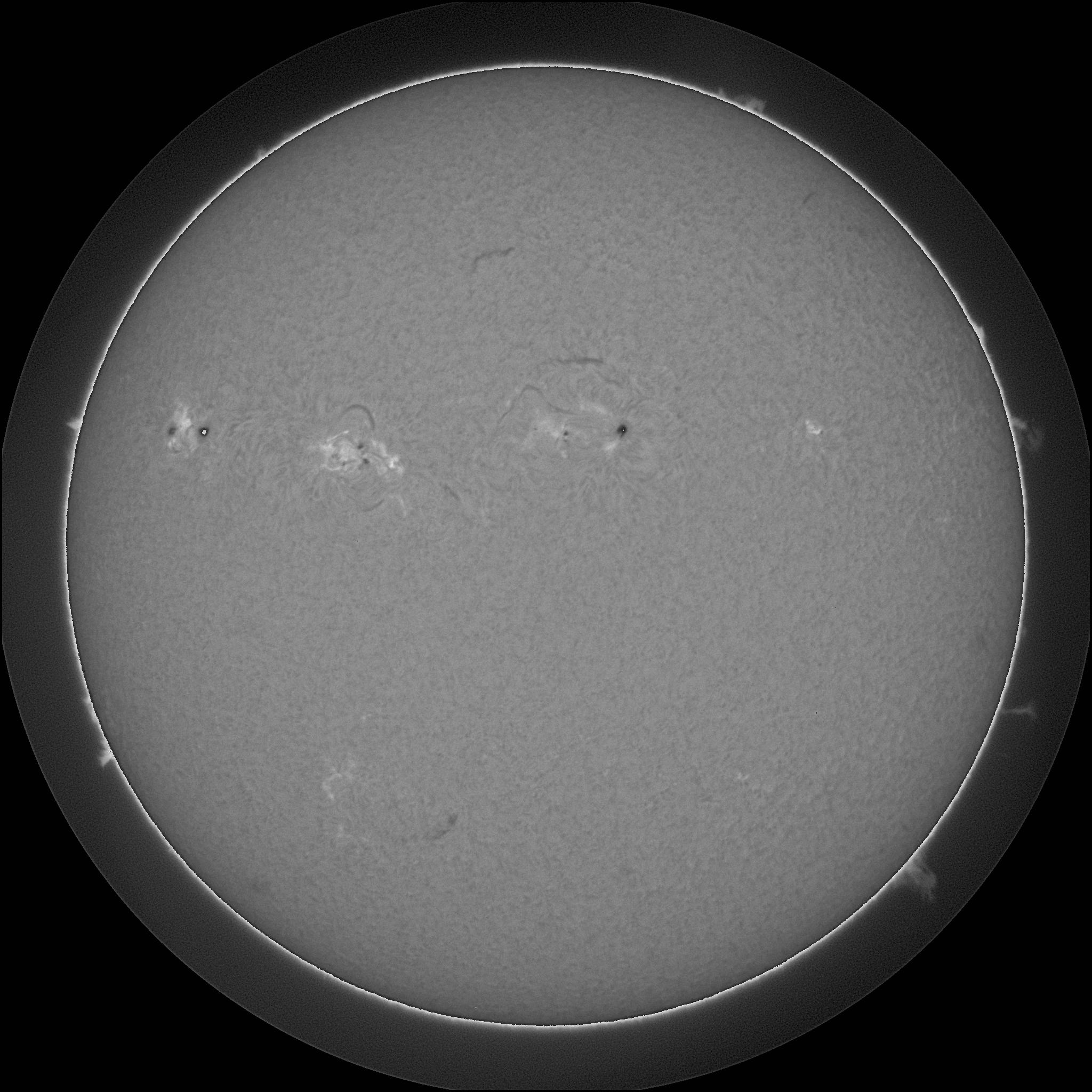
Region
Reports
RSGA
Notes
MM#003 Major Flare Watch
Target region, NOAA 1260, decayed significantly and was mostly quiet. NOAA 1261 developed significantly during the past 24 hour period and was very active. 1261 was the source of numerous C-class events and a major very impulsive M9.3 event at 07/30/02:09 UT. 1261 added numerous new spots forming an unusual circular pattern with a beta-gamma-delta magnetic configuration. The target will switch from 1260 to 1261. There is a chance for another =>M5 event. The position of NOAA 1261 on July 30 at 15:30 UT is: ,N16E24 (Solar X = -370", Solar Y = 178")
Bill Marquette (Helio Research)
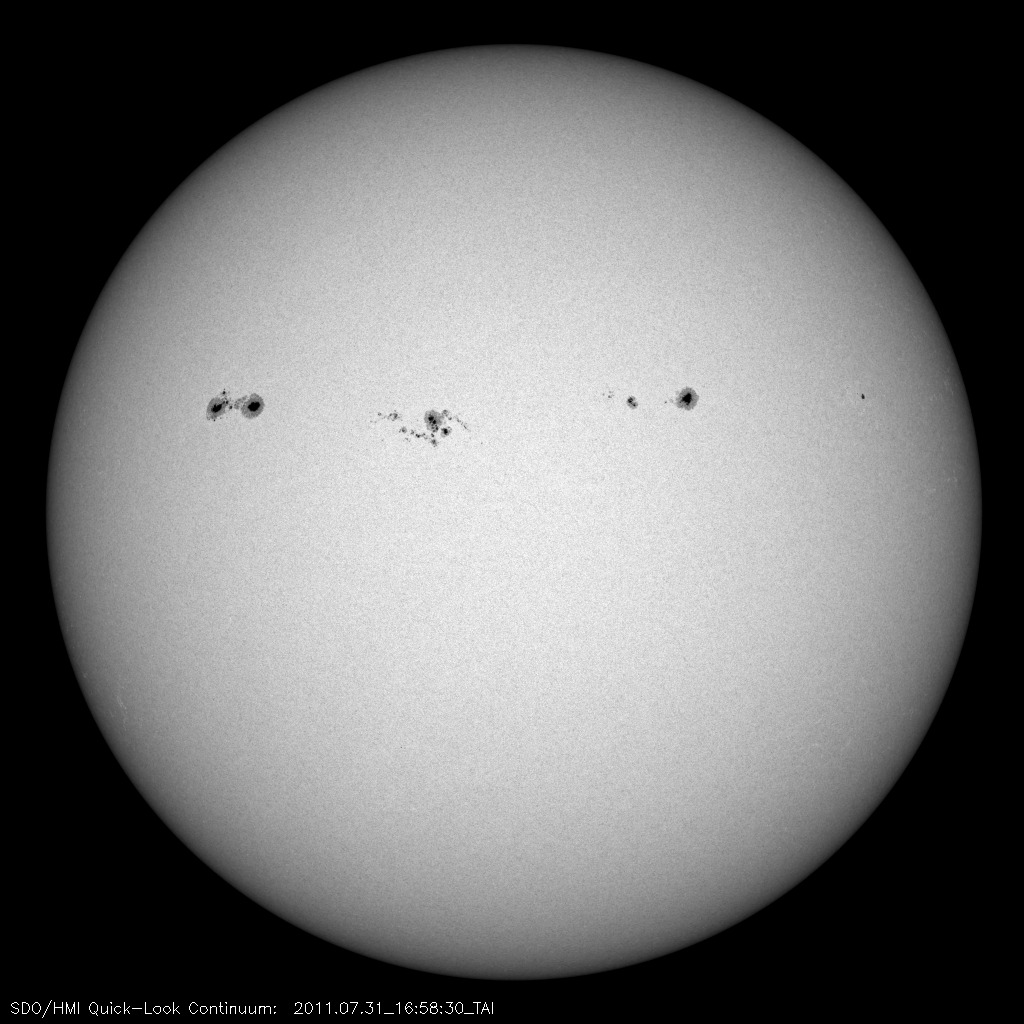
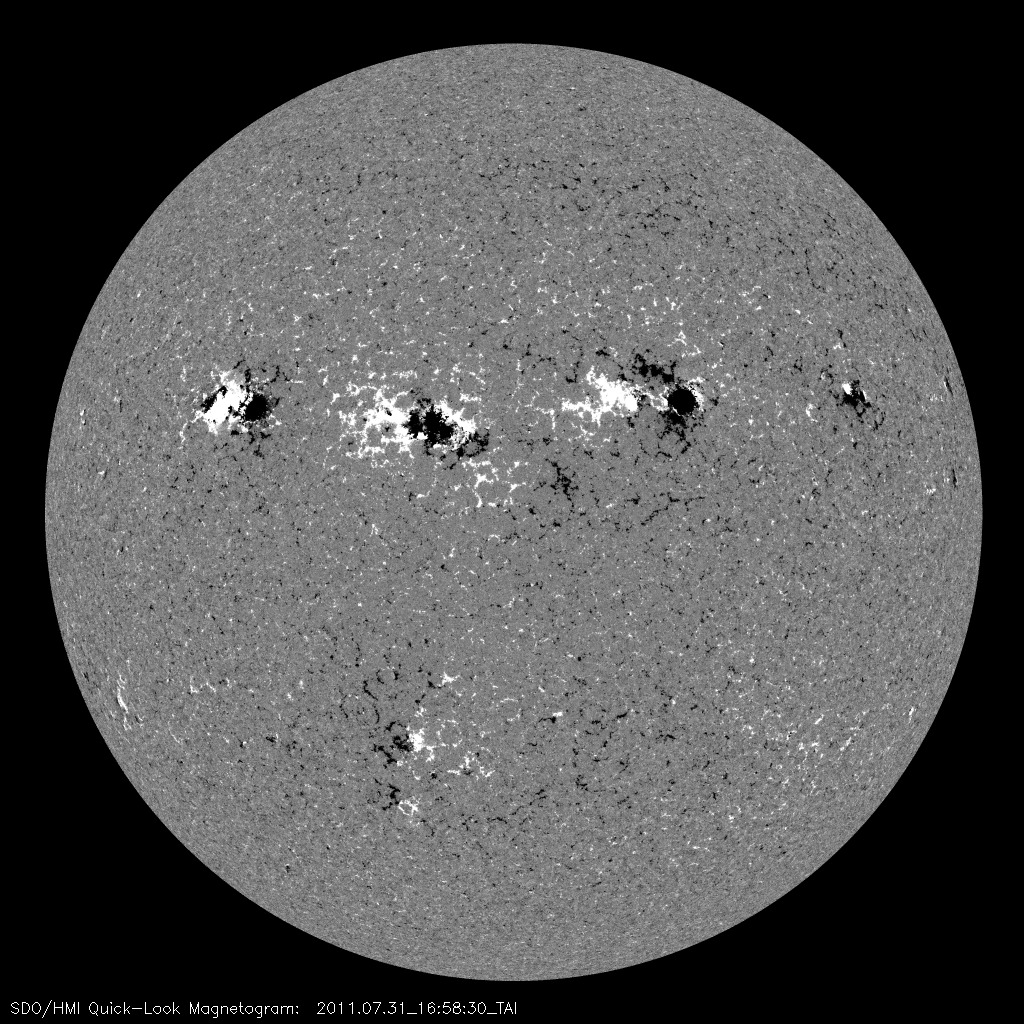
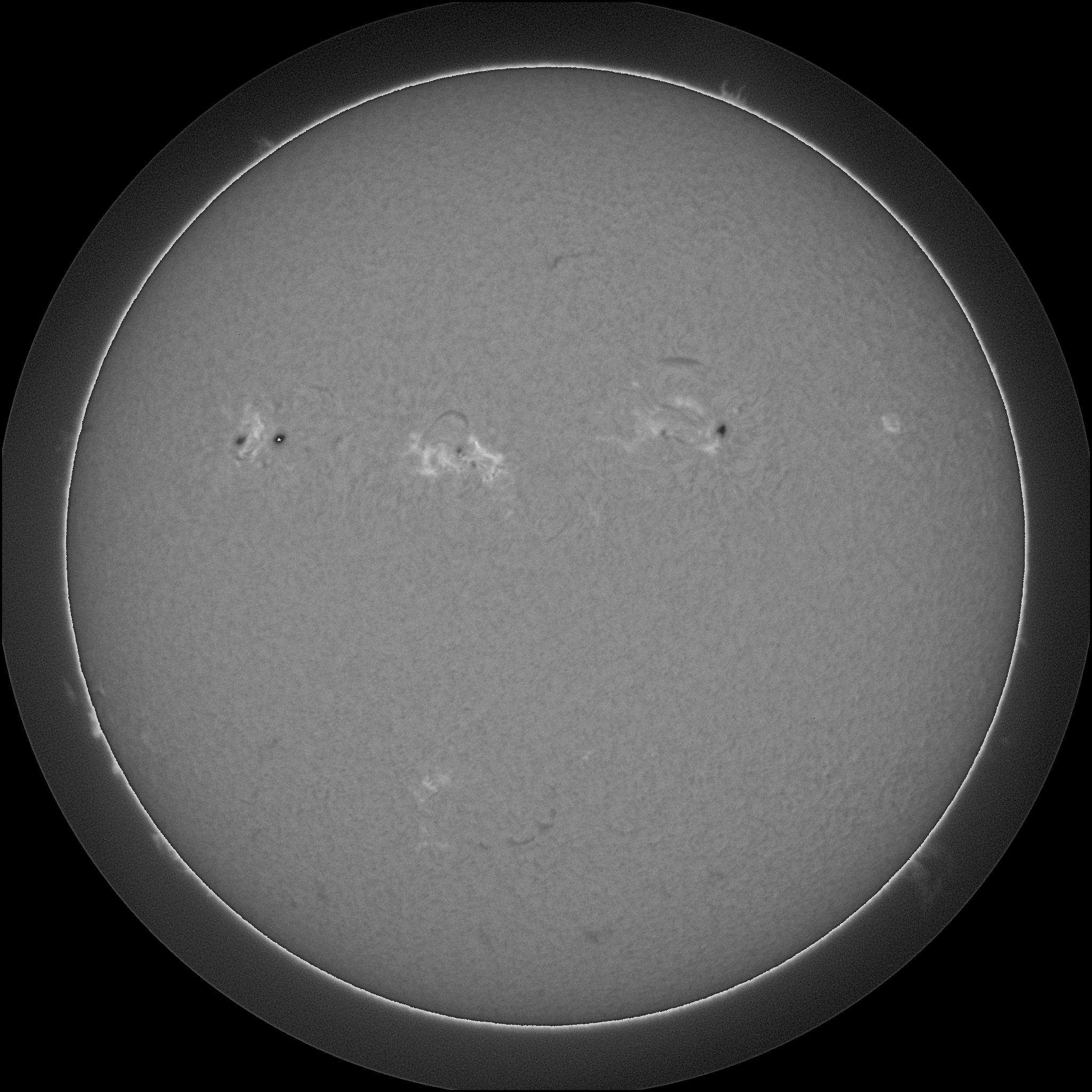
Region
Reports
RSGA
Notes
MM#003 Major Flare Watch
NOAA 1261 has slightly decayed following the M9 event on July 30th but is currently maintaining its beta-gamma-delta magnetic classification. Another major flare is less likely today but an isolated M-class flare is possible in the next 24 hour period. The Major Flare Watch for an event => M5 will continue for at least another day. NOAA 1263, N18E39, also has the potential to produce an isolated M-class event. The position of NOAA 1261 on July 31 at 15:30 UT is: N17E13 (Solar X = -204", Solar Y = 187")
Bill Marquette (Helio Research)
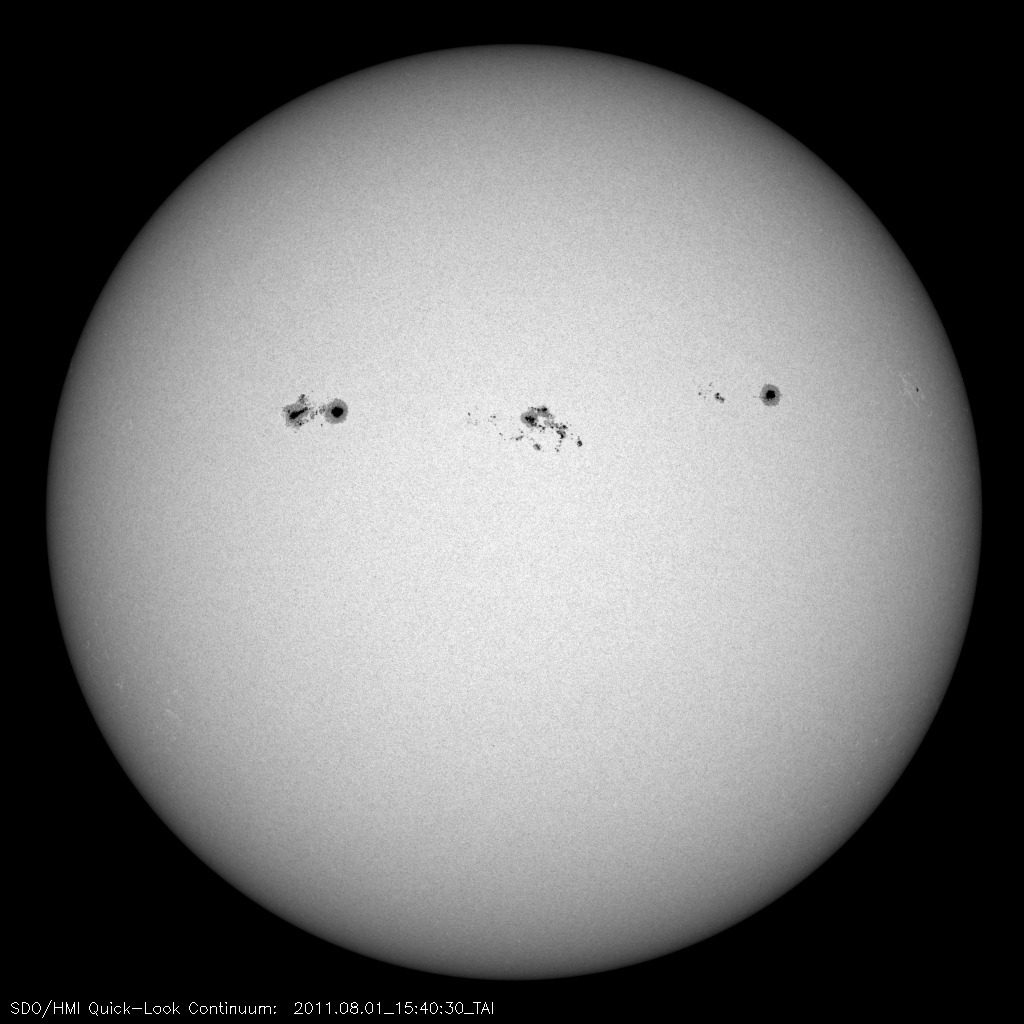
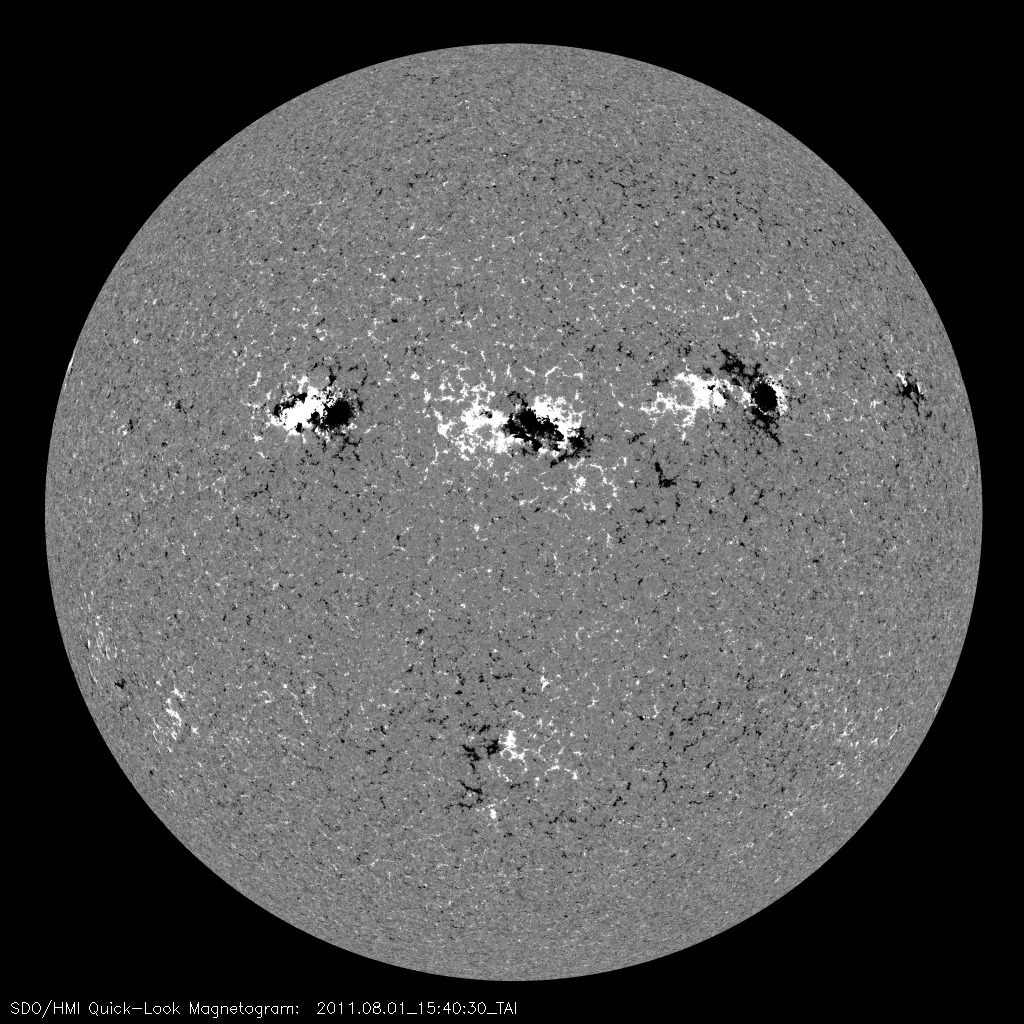
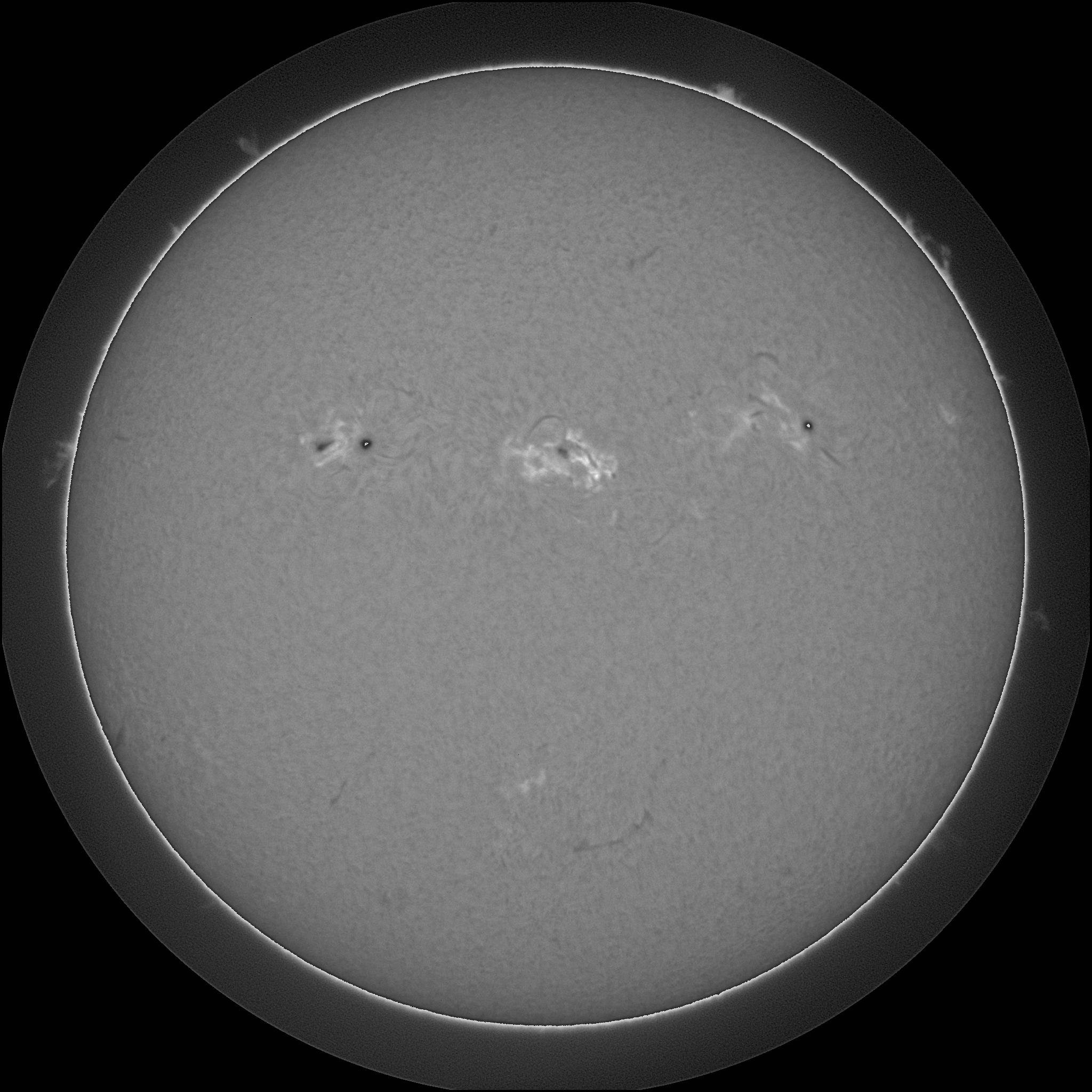
Region
Reports
RSGA
Notes
Dear RHESSI Collaborators,
Both NOAA regions 1261 and 1263 developed rapidly late in the day yesterday. Both regions increased sunspot area and count and magnetic complexity. Both regions have delta configurations. 1261 and 1263 produced numerous C-class events during the past 24 hour period. 1261 was the source of the largest C-class event (C4.0 at 08/01/07:32 UT). Target region 1261 could produce an isolated =>M5 event in the next 24 hour period. 1263, N18E28, is also capable of producing an M-class event today. The position of NOAA 1261 on August 01 at 10:30 UT is: N16W01 (Solar X = 015", Solar Y = 168")
Bill Marquette (Helio Research)
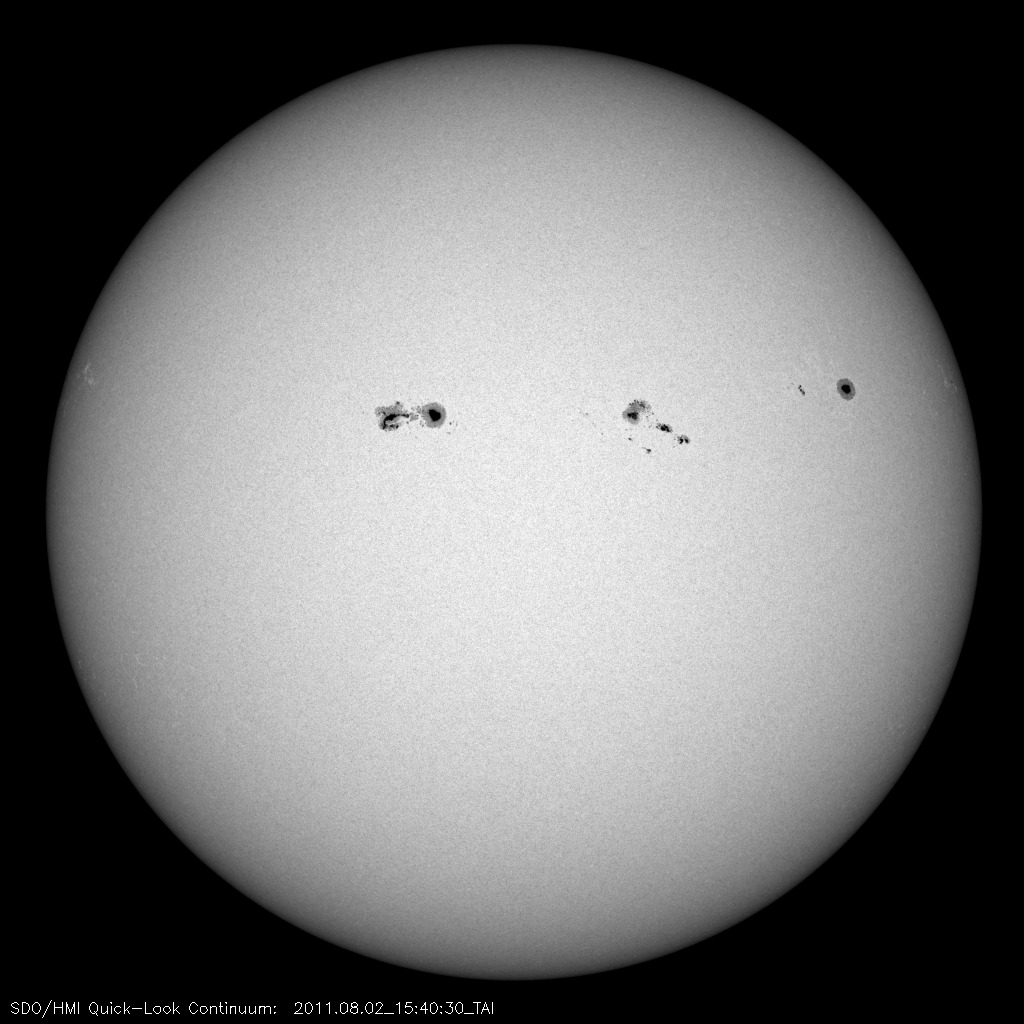
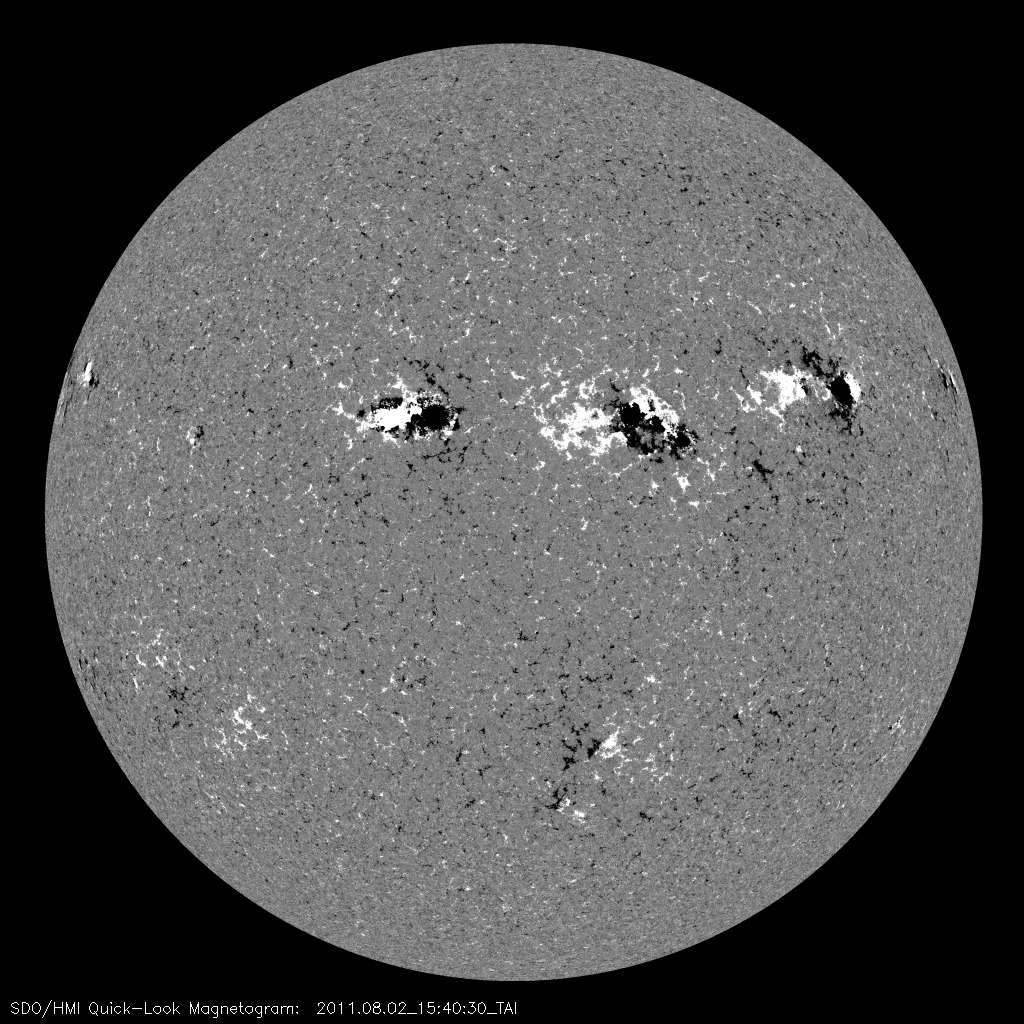
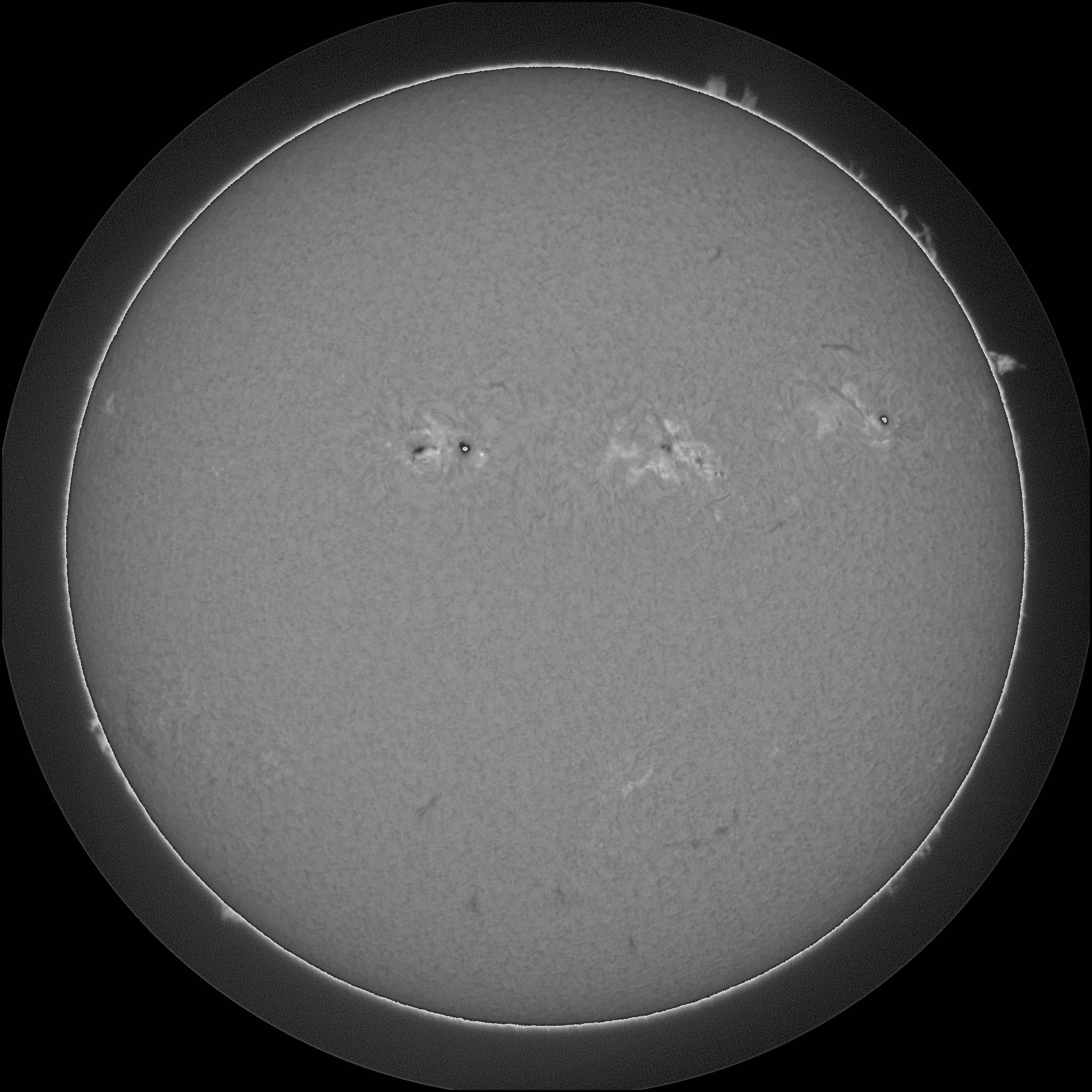
Region
Reports
RSGA
Notes
MM#003 Major Flare Watch
Target region, NOAA 1261, was the source of numerous C-class events and a long duration M1.4 event at 08/02/06:19 UT. A fast Earth directed CME was associated with this event. 1261 is mostly unchanged preserving a beta-gamma-delta magnetic configuration. 1261 has the potential to produce an event =>M5 in the next few days if it maintains its current magnetic configuration. It is possible NOAA 1263 located just to the east (N17E15) of 1261 may produce an isolated M-class event as well. 1263 is also classified beta-gamma-delta. The position of NOAA 1261 on August 02 at 10:30 UT is: N16W14 (Solar X = 220", Solar Y = 169")
Bill Marquette (Helio Research)
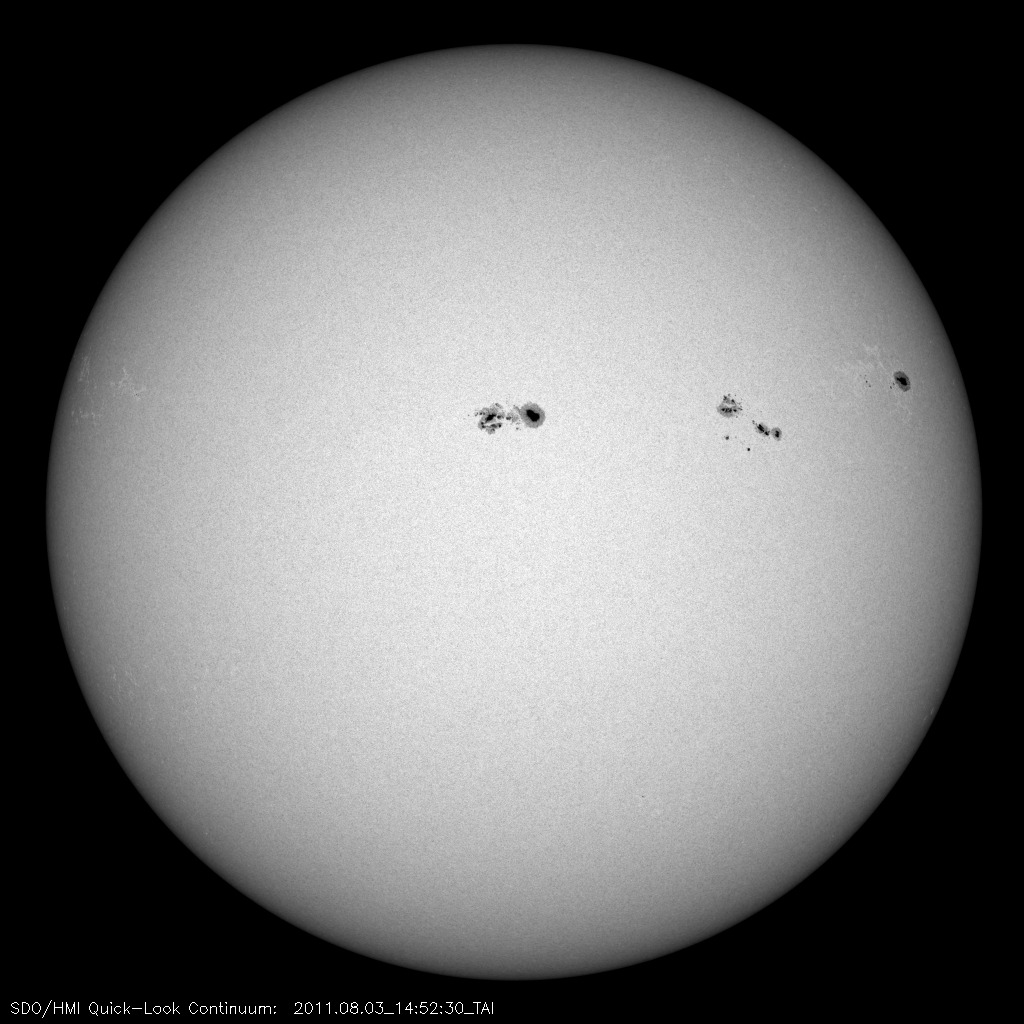
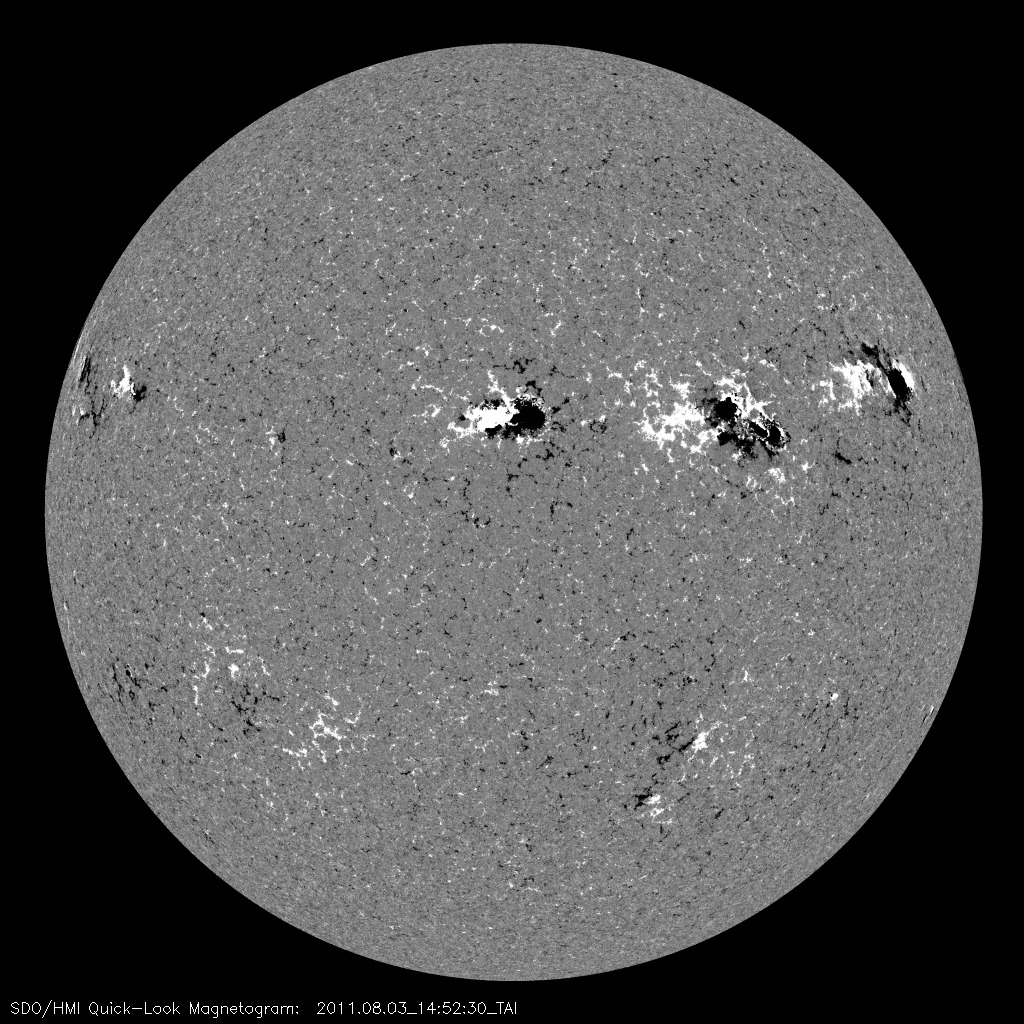
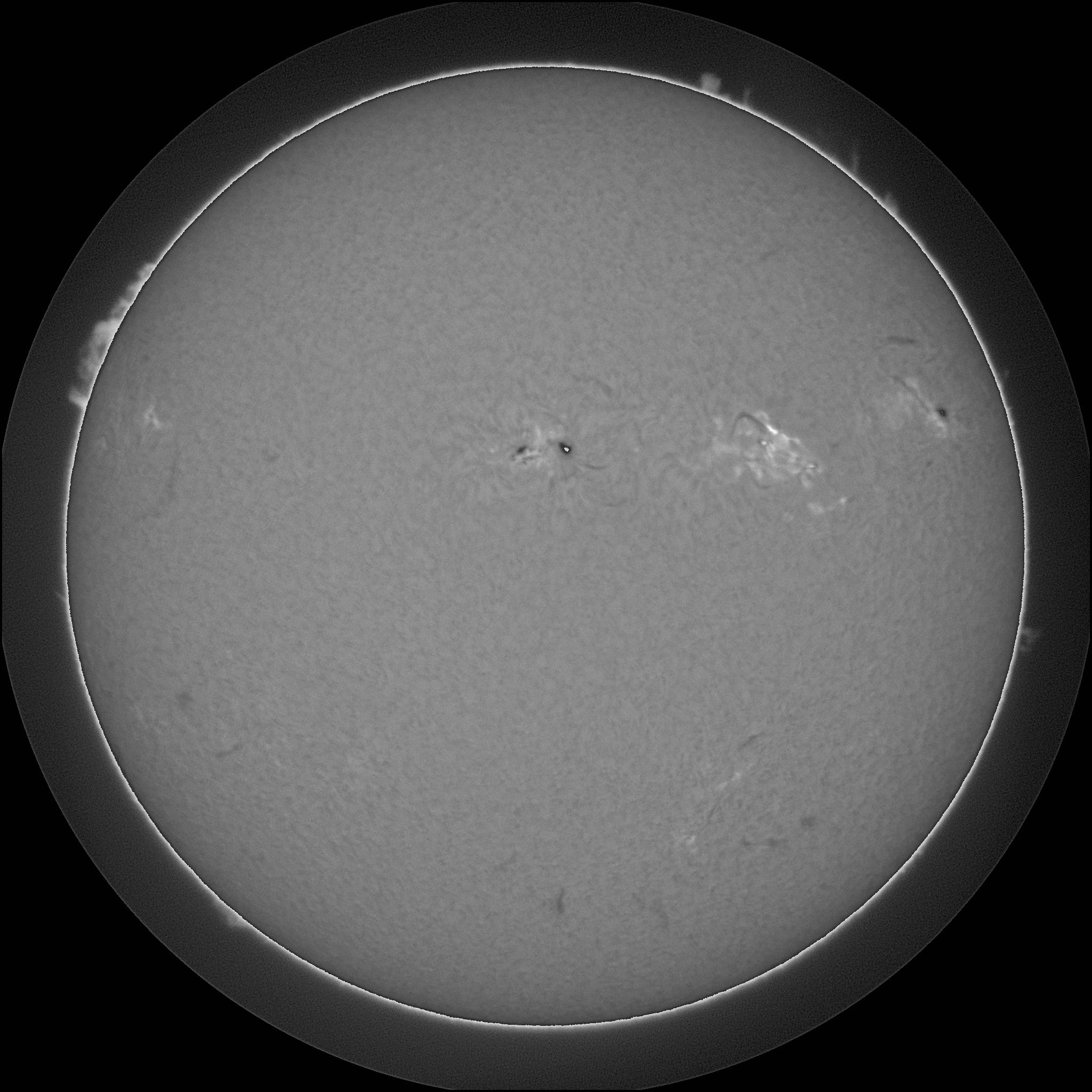
Region
Reports
RSGA
Notes
MM#003 Major Flare Watch
Target region, NOAA 1261, was the source of a significant M6.0 event at 08/03/13:48 UT. 1261 also produced an M1.1 event at 08/03/03:37 UT. NOAA 1263, N17E02, was the source region of an M1.7 event at 08/03/04:32 UT. Both regions currently remain magnetically complex and are capable of producing further M-class events in the next few days. The target region will continue to be 1261. The position of NOAA 1261 on August 03 at 10:30 UT is: N15W27 (Solar X = 416", Solar Y = 160")
Bill Marquette (Helio Research)
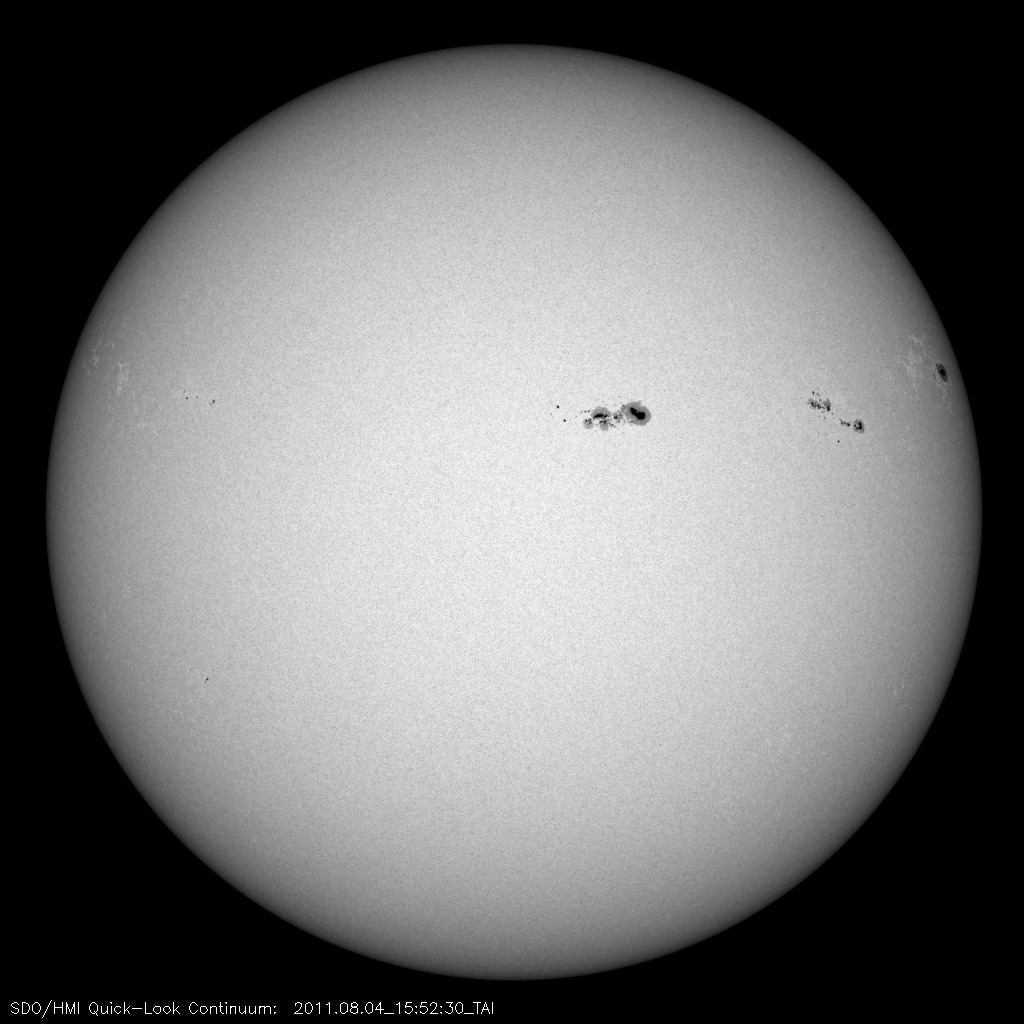
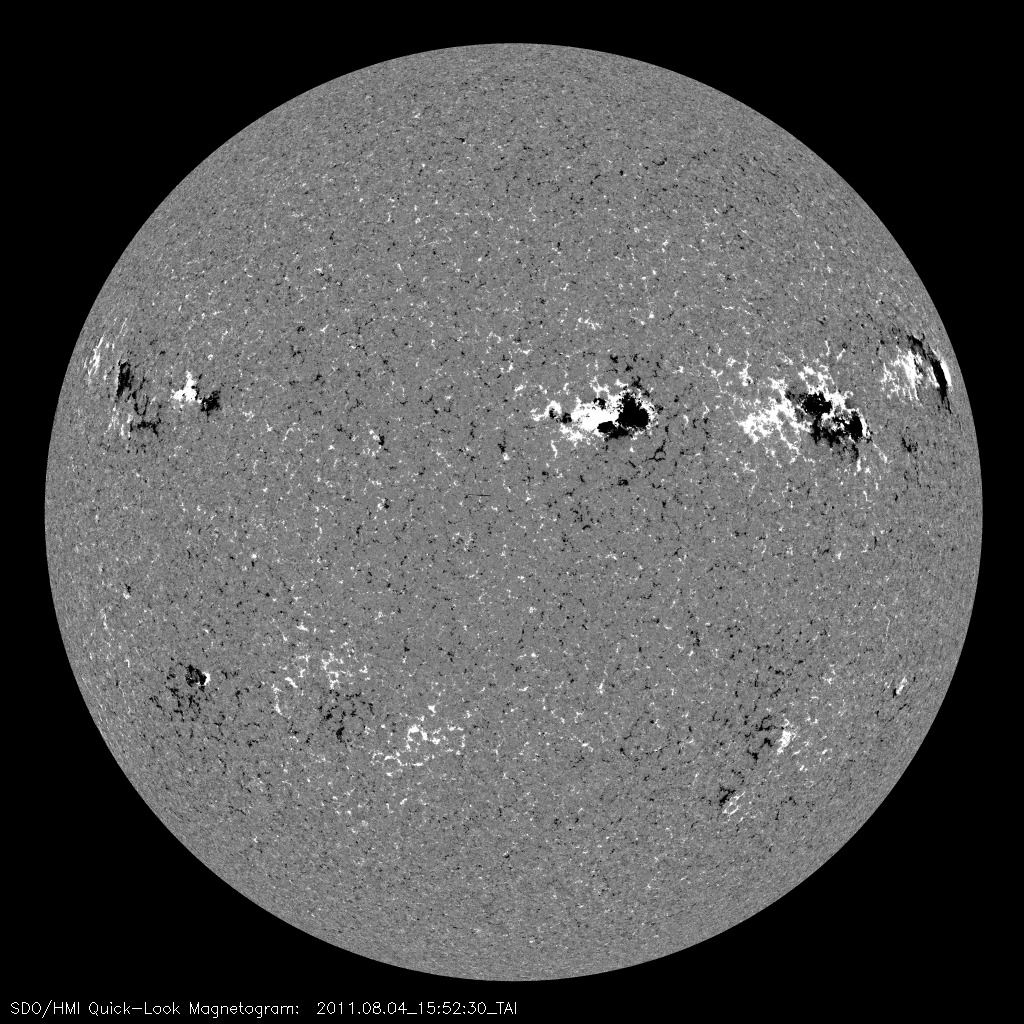
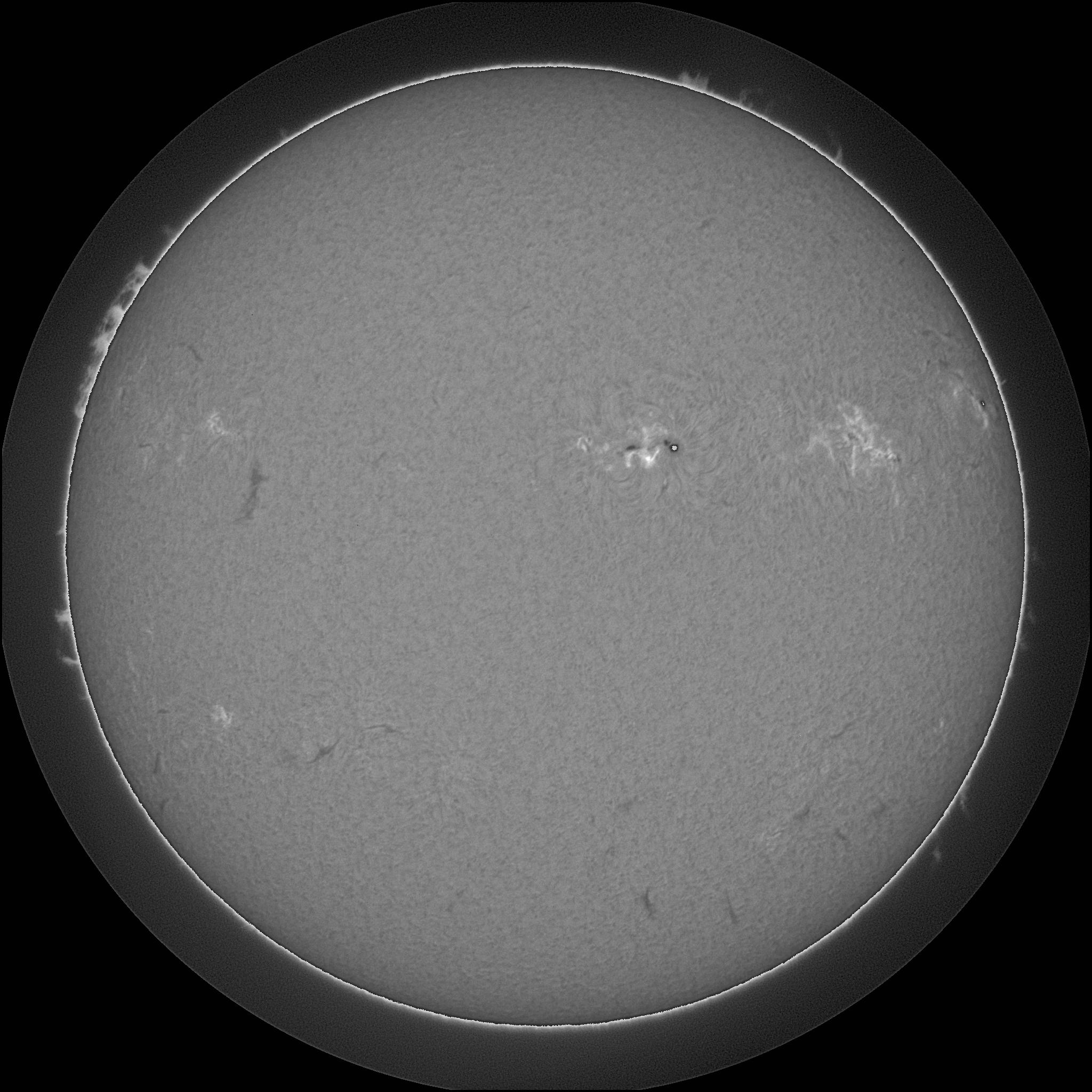
Region
Reports
RSGA
Notes
MM#003 Major Flare Watch
Target region, NOAA 1261, was the source of another significant event - M9.3 today peaking at 03:57 UT. Another major flare is possible as long as 1261 maintains a complex beta-gamma-delta magnetic configuration. 1263, N17W12, is currently a beta-gamma-delta region with the potential to produce an M-class flare. 1261 will continue to be the primary target. The position of NOAA 1261 on August 04 at 10:30 UT is: N16W43 (Solar X = 621", Solar Y = 190")
Bill Marquette (Helio Research)
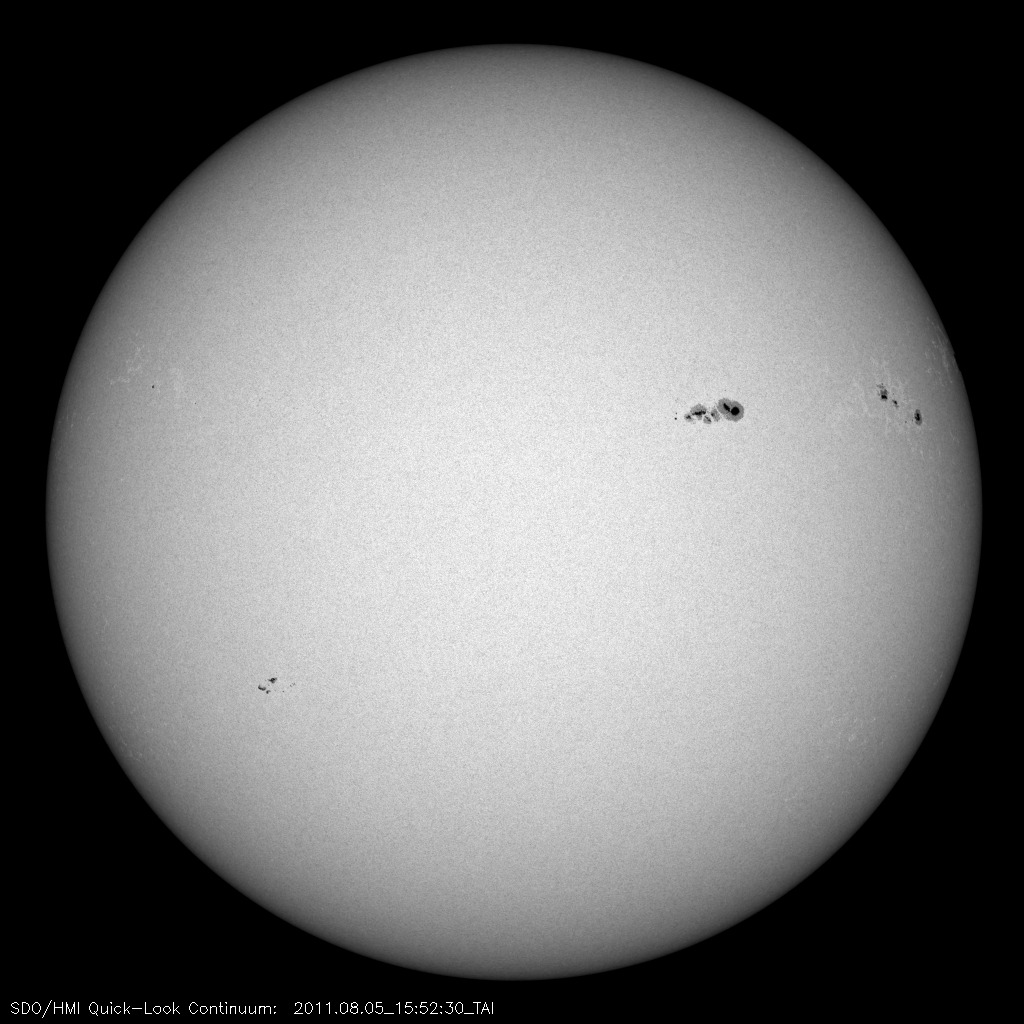
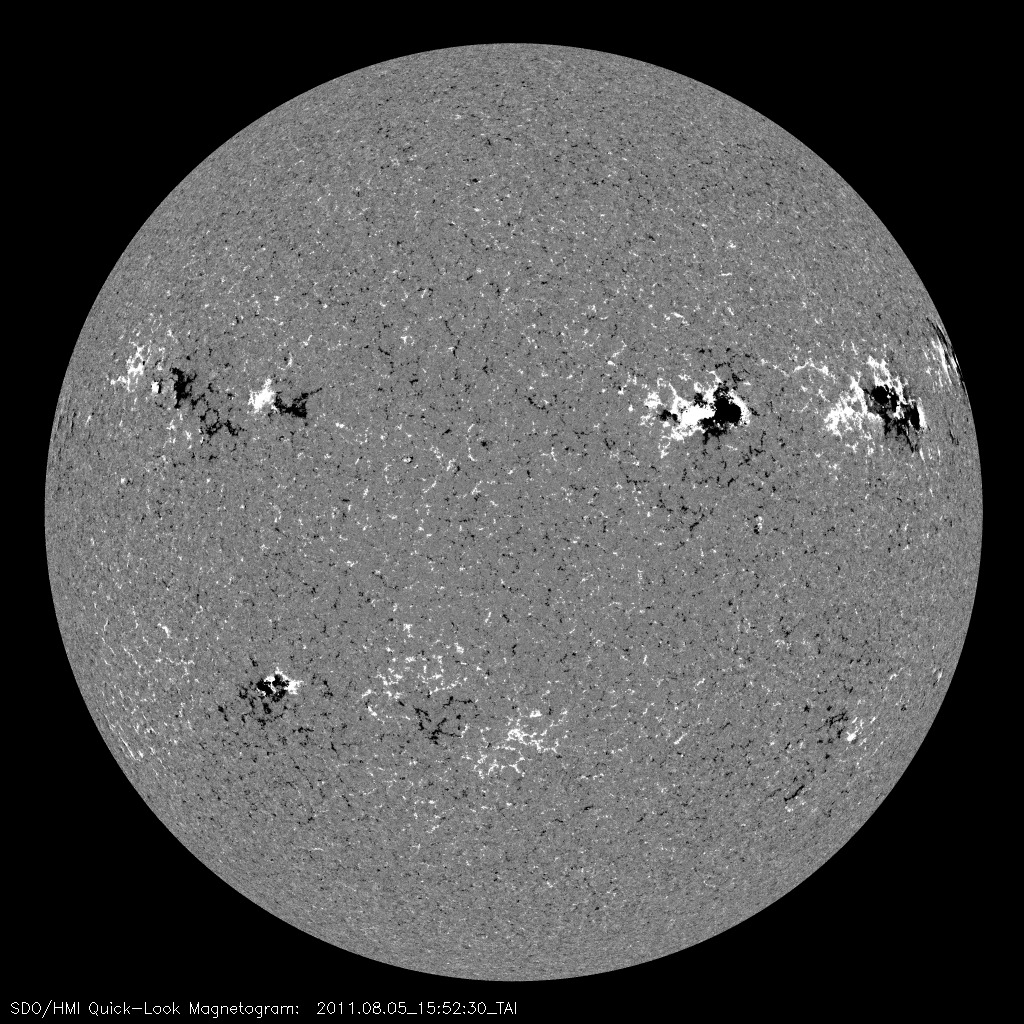
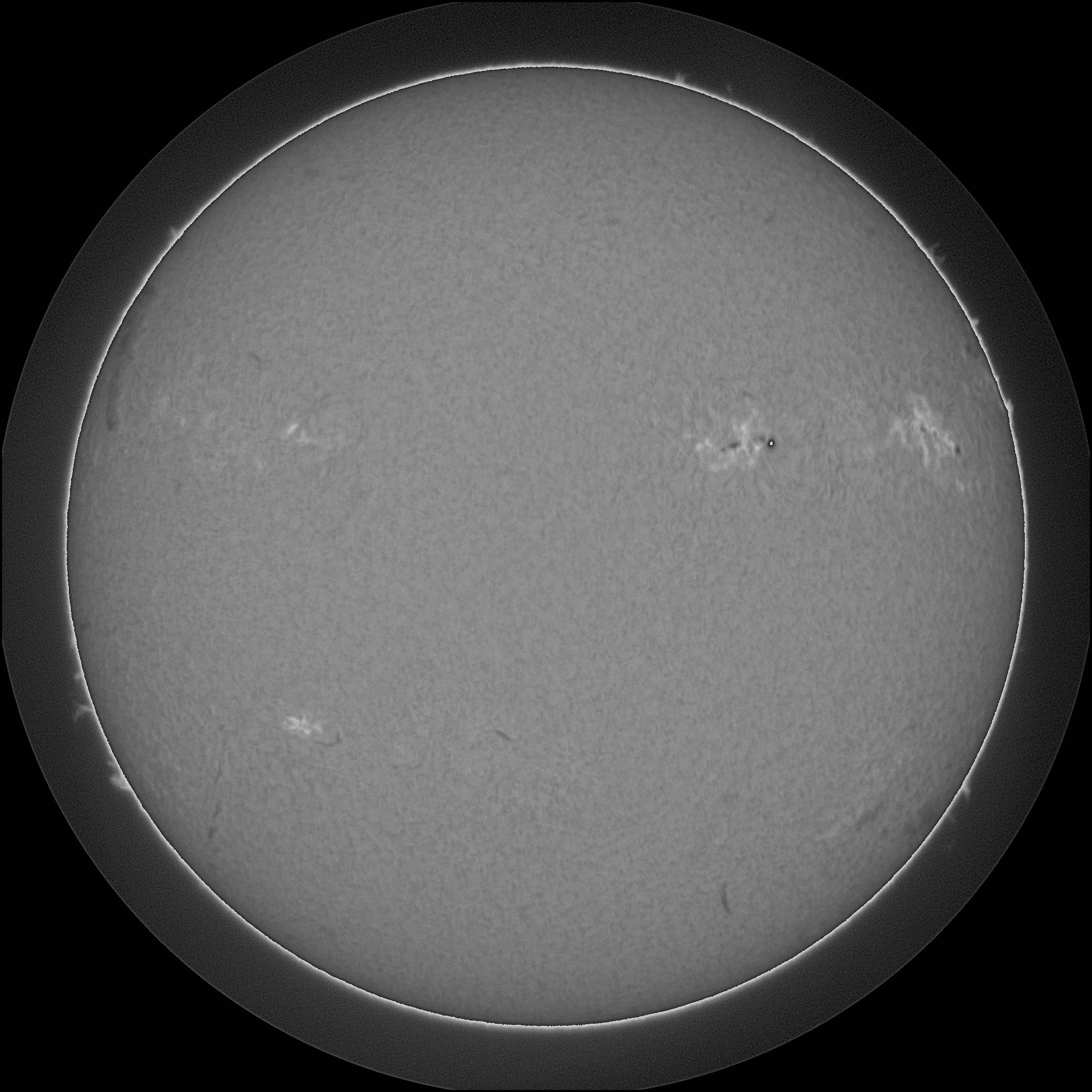
Region
Reports
RSGA
Notes
MM#009 Default HESSI Target
NOAA 1261 rapidly decayed losing most of its magnetic complexity after the major M9 event yesterday but was still able to produce several C-class events in the past 24 hour period. Another major flare is unlikely at this time. NOAA 1263, N17W24, has also decayed somewhat. Both regions currently have a beta-gamma magnetic classification. It is possible that 1261 and/or 1263 could produce an isolated M-class event in the next few days. The position of NOAA 1261 on August 05 at 10:30 UT is: N15W55 (Solar X = 749", Solar Y = 188")
Bill Marquette (Helio Research)